Specifications and Main Features
1. CPU Support:
- For KT7/KT7-RAID:
- AMD Duron™ 600MHz ~ 850MHz or future Socket A processors based upon 200MHz (100MHz Double Data Rate) compatibility would be supported.
- It provides compatibility for AMD Athlon™ 700MHz ~ 1.2GHz or future Socket A processors based upon 200MHz (100MHz Double Data Rate).
- It supports 200MHz Alpha EV6 bus for the AMD Athlon™ & Duron™ processors.
- For KT7A/KT7A-RAID:
- Compatibility with AMD Duron™ 600MHz ~ 850MHz or the future Socket A processors is provided based upon 200MHz (100MHz Double Data Rate).
- It provides compatibility for AMD Athlon™ 700MHz ~ 1.2GHz or future Socket A processors based upon 200MHz/266MHz (100MHz/133MHz Double Data Rate).
- For the AMD Athlon™ & Duron™ processors, it supports 200MHz/266MHz Alpha EV6 bus.
2. Chipset:
- For KT7/KT7-RAID:
- As for the chipset, a VIA Apollo KT133 (VT8363 and VT82C686A) would be used
- Ultra DMA/33 and Ultra DMA/66 IDE protocol is supported.
- Further enhancement of configuration as well as supporting ACPI is available.
- AGP connector for AGP 2x(3.3V) and 4x(1.5V) mode devices is supported
- It has various memory bus settings including 100MHz/100MHz and 100MHz/133MHz among others.
- KT7A/KT7A-RAID varieties utilize these two components:
- The VT8363A along with the VT82C686B combine to form a VIA Apollo KT133A chipset.
- And Ultra DMA/100 will enable support for the IDE protocol.
- Components that run on an accelerated configuration interface and have enhanced power management compatibility are also teamed up with this.
- Devices supporting AGP 2x (3.3V) and AGP 4x (1.5V) mode can use an Accelerated graphic port connector.
- There are bus settings available that support 100MHz/100MHz, 100MHz/133MHz and 133MHz/133MHz.
- An HPT 370 chipset that is manufactured by Highpoint Technologies Inc will only be compatible with KT7-RAID and KT7A-RAID if there are these specifications enabled:
- Enabling ATA/100 support also gets these devices compatible.
- Additionally, up to four IDE devices can be plugged into the socket as it is plugin and play compatible.
Memory:
- Only unbuffered SDRAM modules can be used on the three 168-pin, SIMM slots, attached.
- 1.5GB is the maximum capacity supported for the motherboard.
System BIOS:
- For adjusting the CPU parameters with ease, SOFT MENU™ III was integrated into the system.
- The system supports Award Plug and Play BIOS along with Advanced Power Management and Desktop Management Interface.
- Viruses attacking the motherboard will be append protected on bios level with the write protect anti virus function.
Multi I/O Functions:
- Depending on the devices, Ultra DMA 33/66 and 33/66/100 can be implemented for the devices KT7, KT7-RAID, KT7A-RAID.
- Additional ports that are fitted into the motherboard include PS/2 keyboard & mouse, floppy port connector, parallel port, two serial ports, and USB ports.
6. Physical Features:
- The dimension for this is about 305mm x 230mm while the core structure shapes an ATX form factor.
- Alongside voltage integration, monitoring components like fan speeds and temperature are built in.
Frequently Asked Questions
Q1: Which CPUs are compatible with KT7/KT7-RAID and KT7A/KT7A-RAID motherboards?
- A1: KT7/KT7-RAID motherboards support AMD Duron Processors in the frequency range of 600 MHz to 850 MHz and AMD Athlon Processors in the frequency range of 700 MHz to 1.2 Ghz with the 200 Mhz bus. KT7A/KT7A-RAID motherboards provide support for the same range of Duron Processors though do provide the flexibility with faster Athlon Processors including the 200/266 Mhz Bus.
Q2: What is the maximum RAM these mother boards support?
- A2: Both the KT7/KT7-RAID and KT7A/KT7A-RAID support a total memory of up to 1.5GB through three memory modules of 168-pin DIMM.
Q3: Is there a compatibilty for other types of RAM with KT7 and KT7A motherboards?
- A3: The motherboards are compatible with unbuffered SDRAM DIMM components that are 64 or 72 bits wide configuration.
Q4: In case one decides to, can they run RAID on these motherboards?
- A4: Certainly Yes, HighPoint HPT370 chipset provides an inclusion of RAID configurations to the models including RAID 0 and 1 on both KT7-RAID and KT7A-RAID.
Q5: When it comes on to BIOS does KT7 and KT7A motherboards use an additional type or a basic one?
- A5: The use of Award Plug and Play type of BIOS along with SOFT MENU’s III feature is an inclusion and is aimed to target ease of use when it comes down to configuring the CPU.
Q6: Will the KT7 and KT7A motherboards support power management functions?
- A6: As confirmed, both of the motherboards support the ACPI functionalities in respect to power management.
Q7: What is the maximum number of IDE devices possible to be connected?
- A7: KT7 and KT7-RAID boards accept up to four IDE devices but the KT7A and KT7A-RAID boards can incorporate up to eight IDE devices interfacing through the Ultra ATA built-in controllers.
Q8: Does this motherboard have any monitoring functions?
- A8: Yes. They are equipped with hardware monitoring functions with the purpose of showing parameters such as CPU temperature, fan tachometer readings and system voltages so that there is healthy functioning.
User Manual
Page 1

Page 2

Page 3
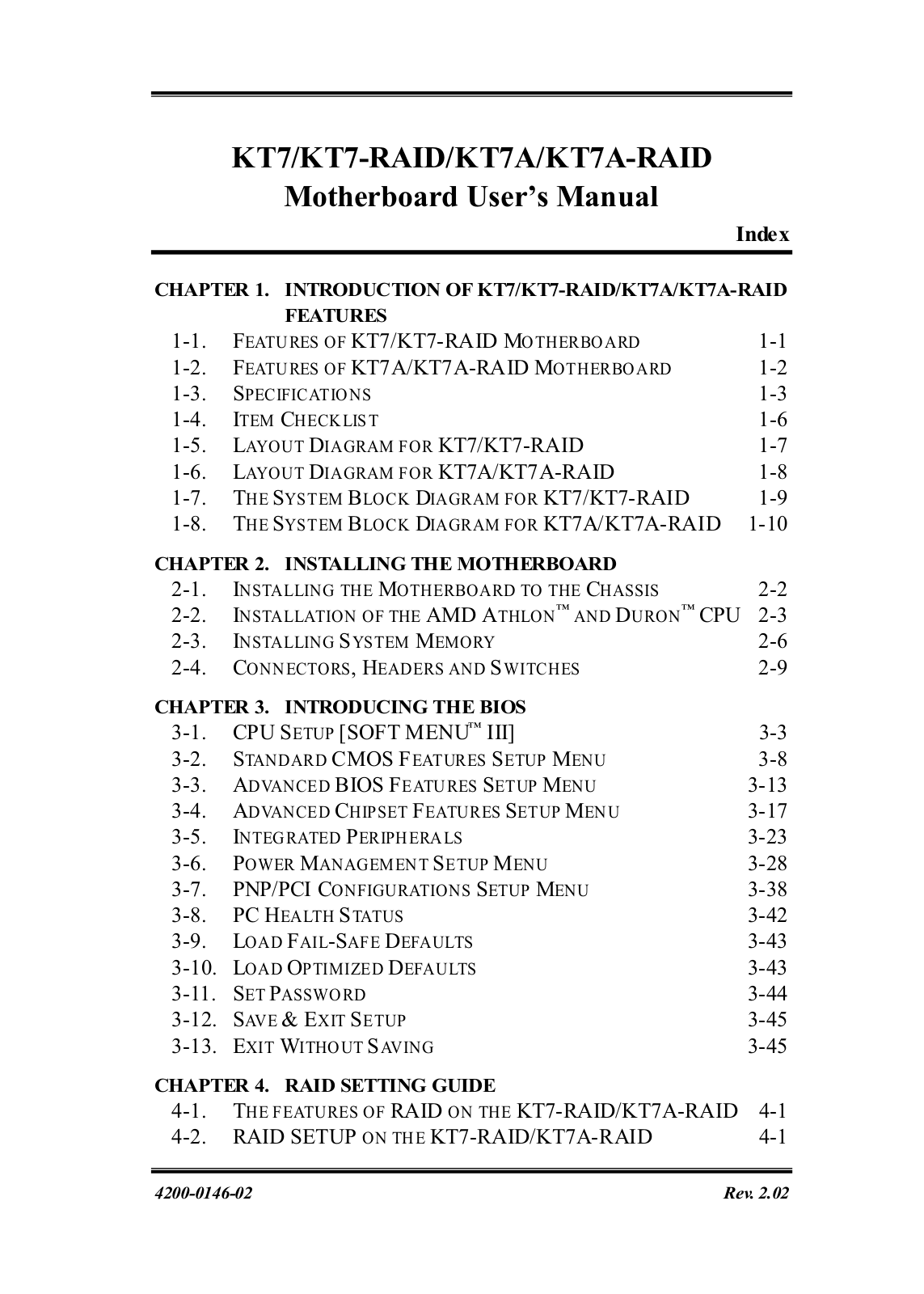
Page 4
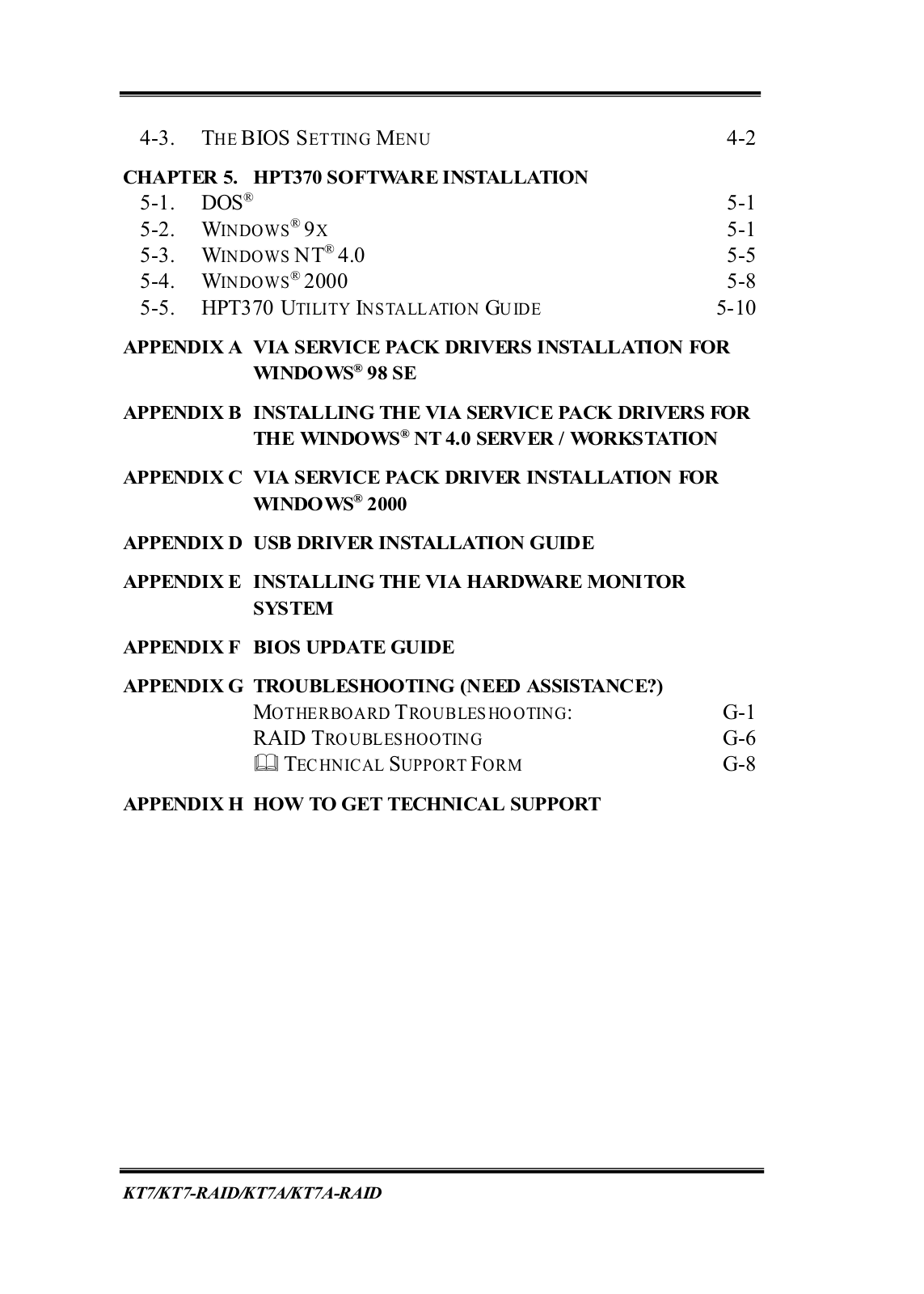
Page 5
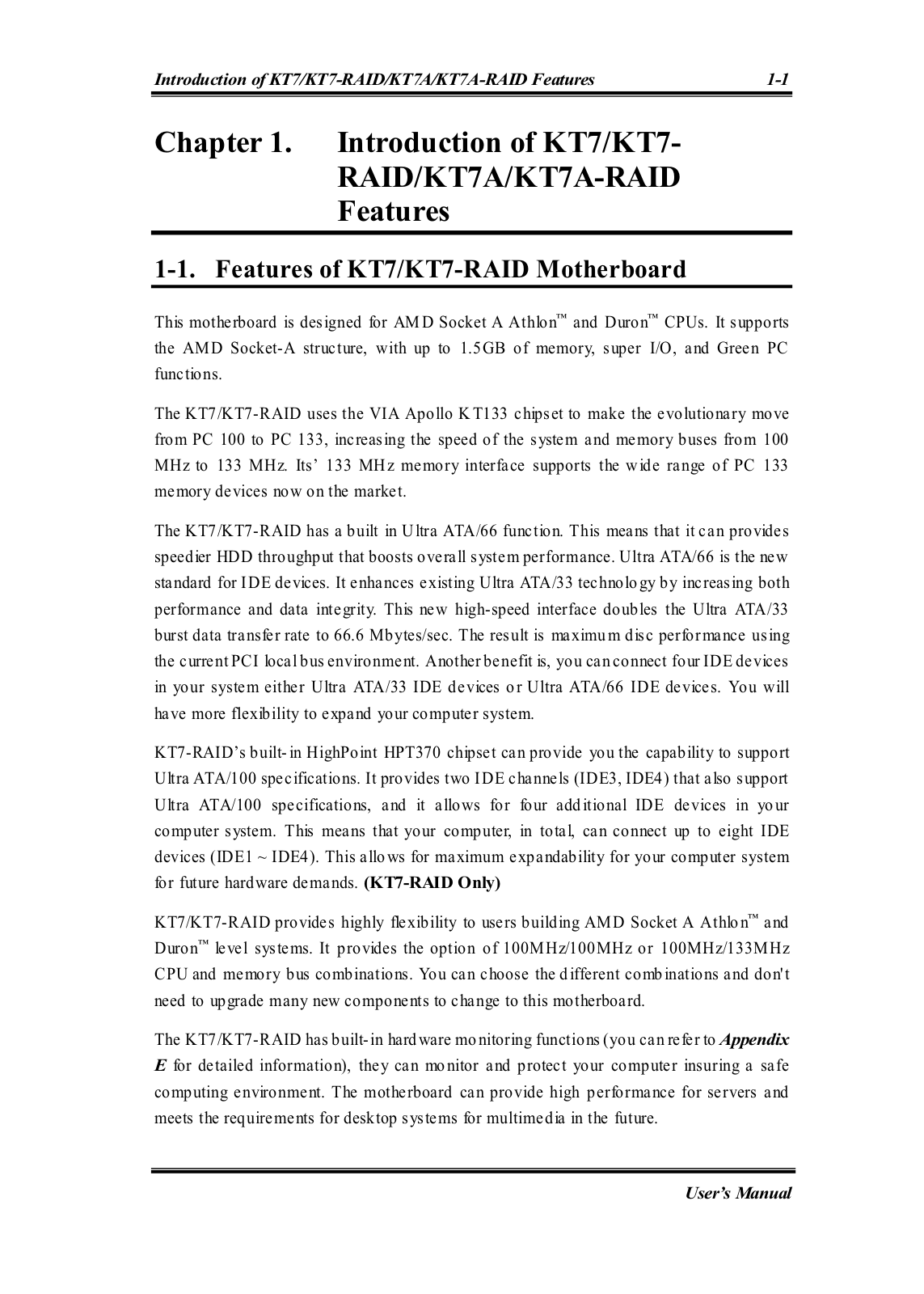
Page 6
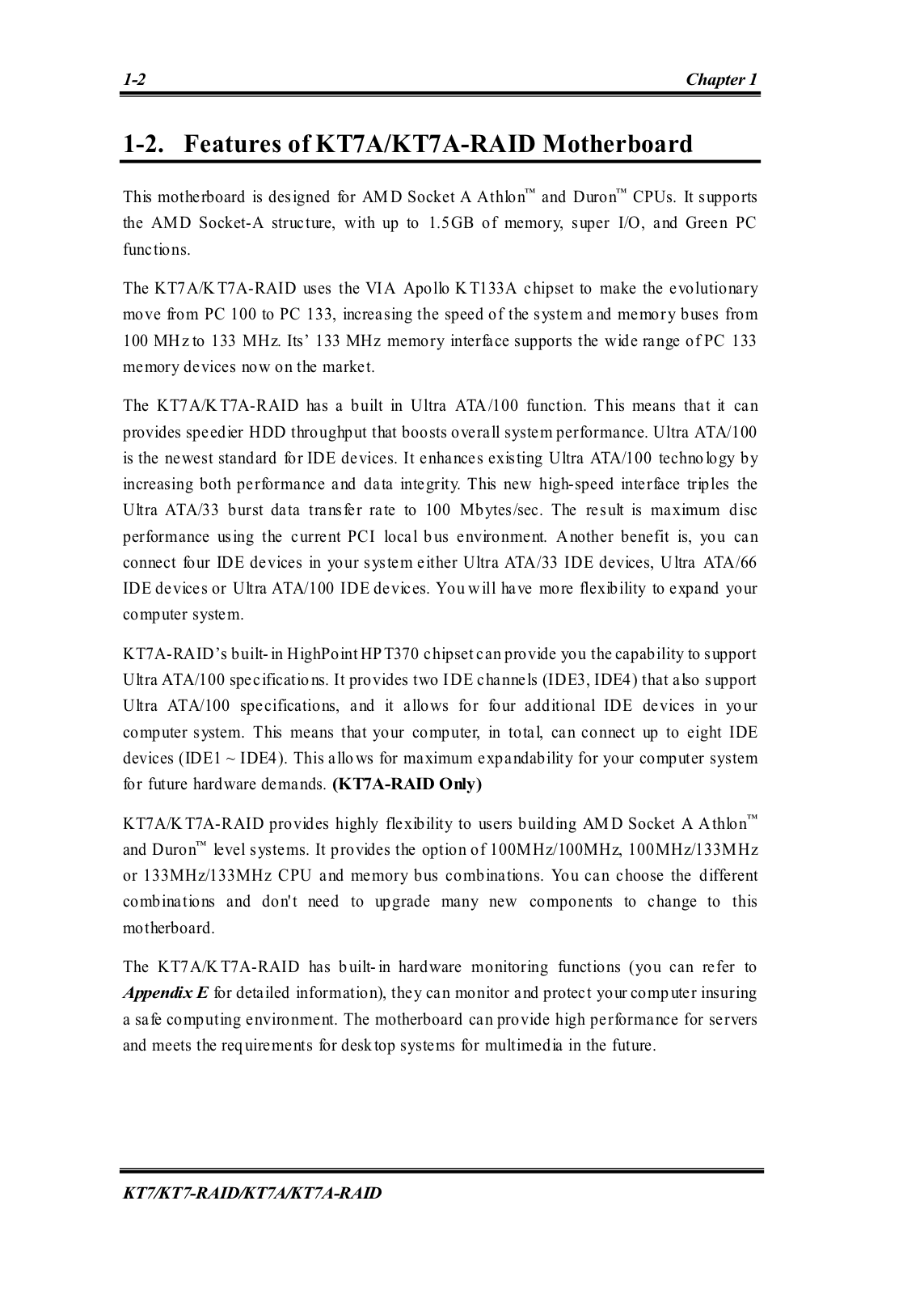
Page 7
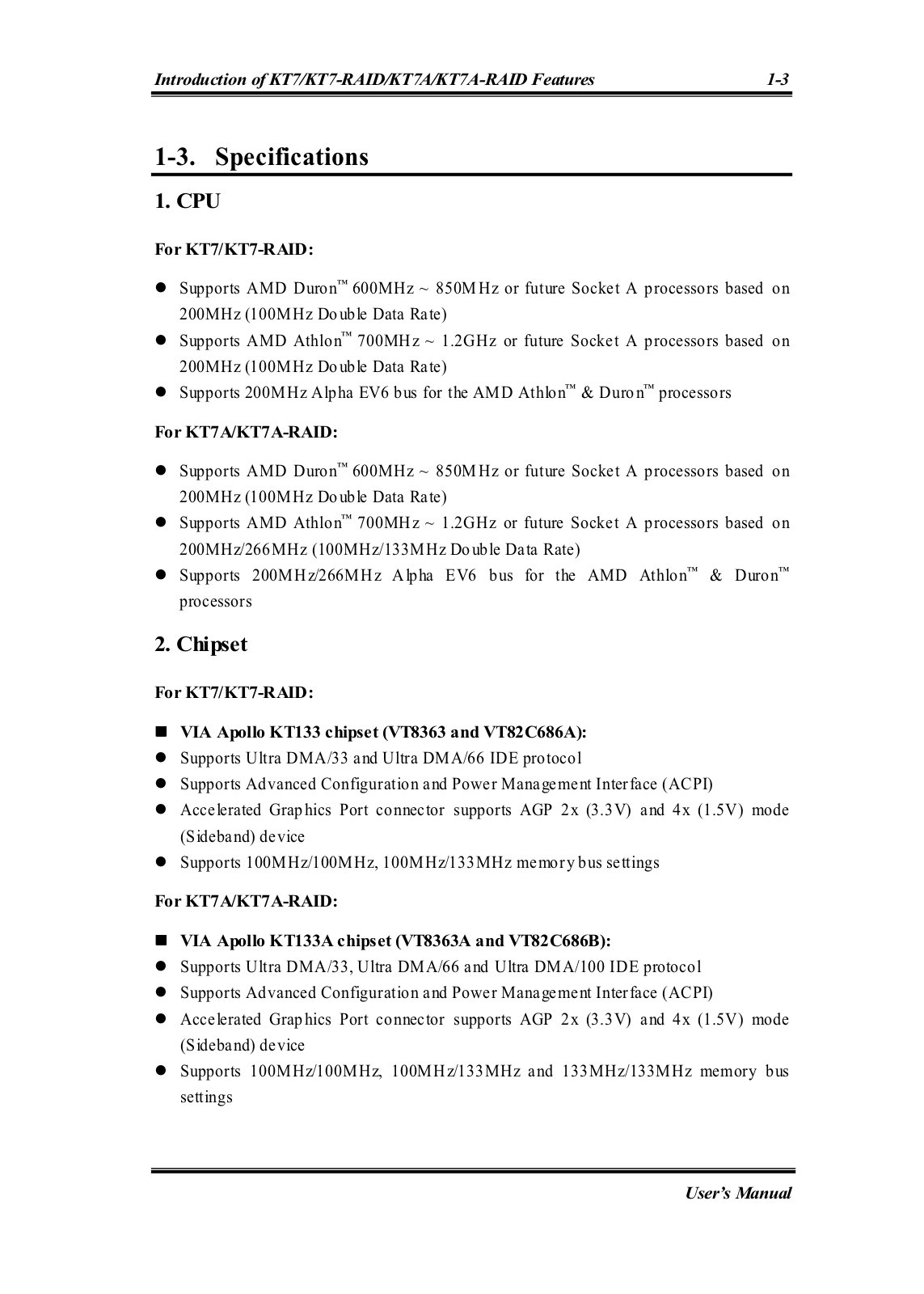
Page 8
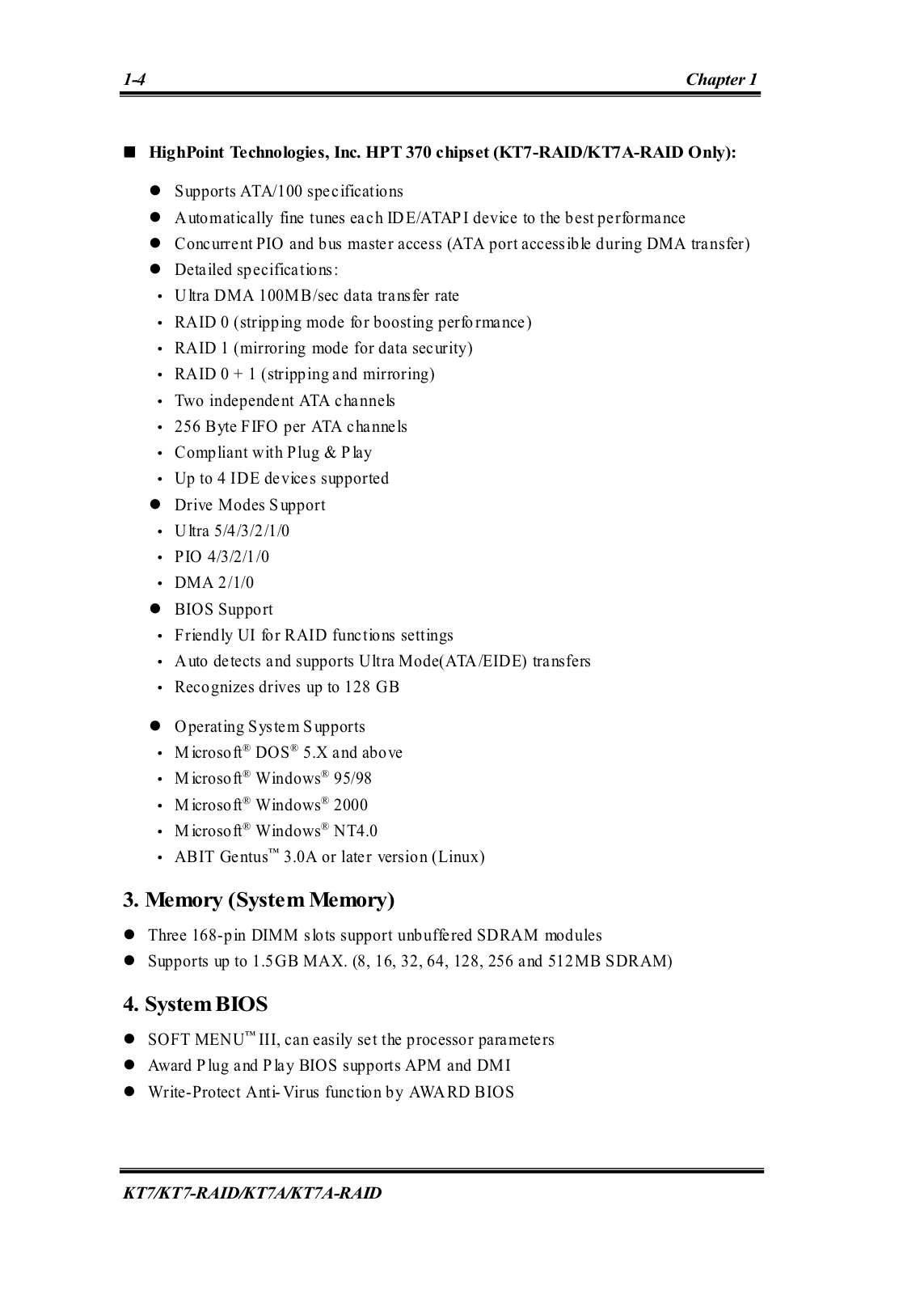
Page 9

Page 10
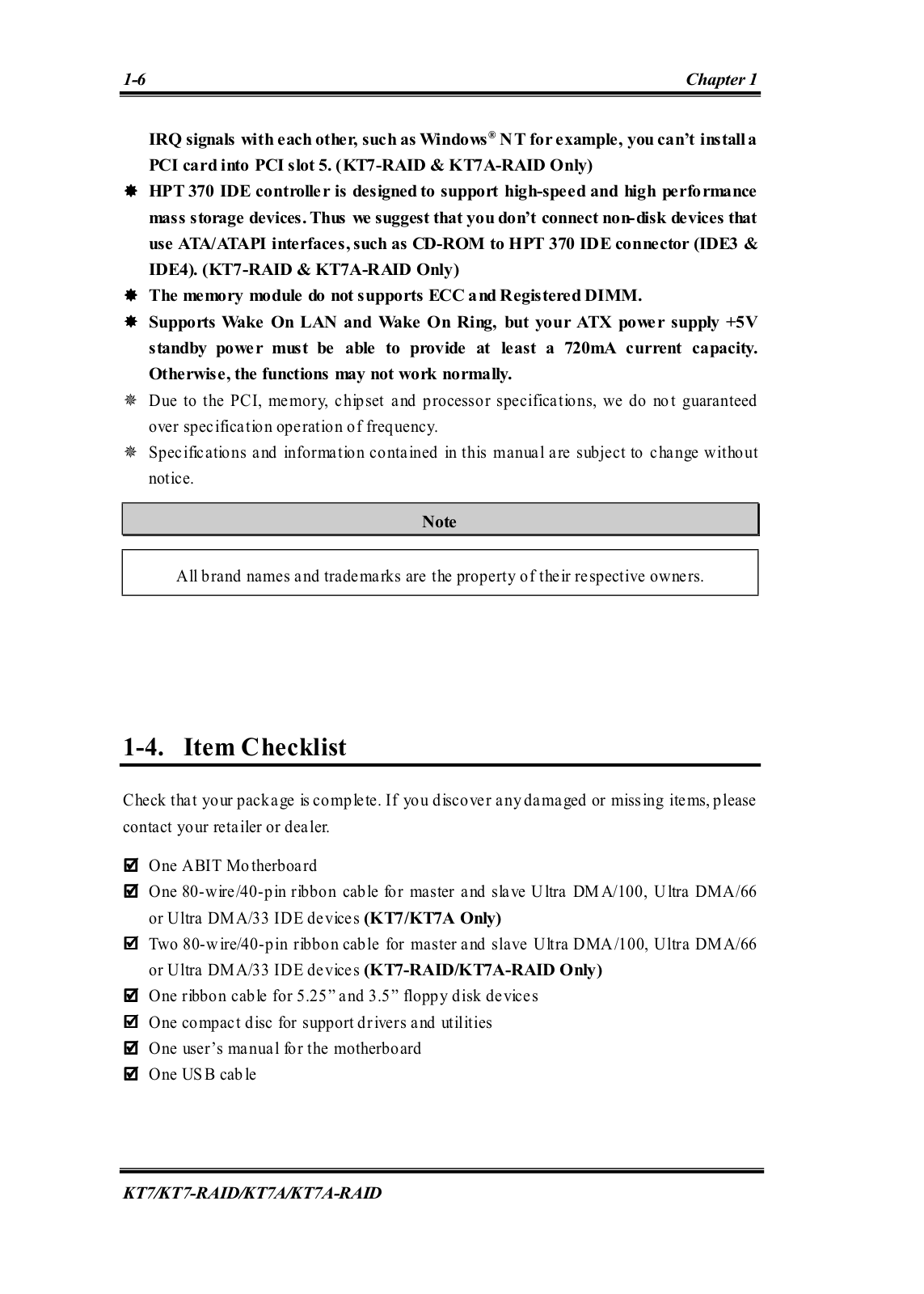
Page 11
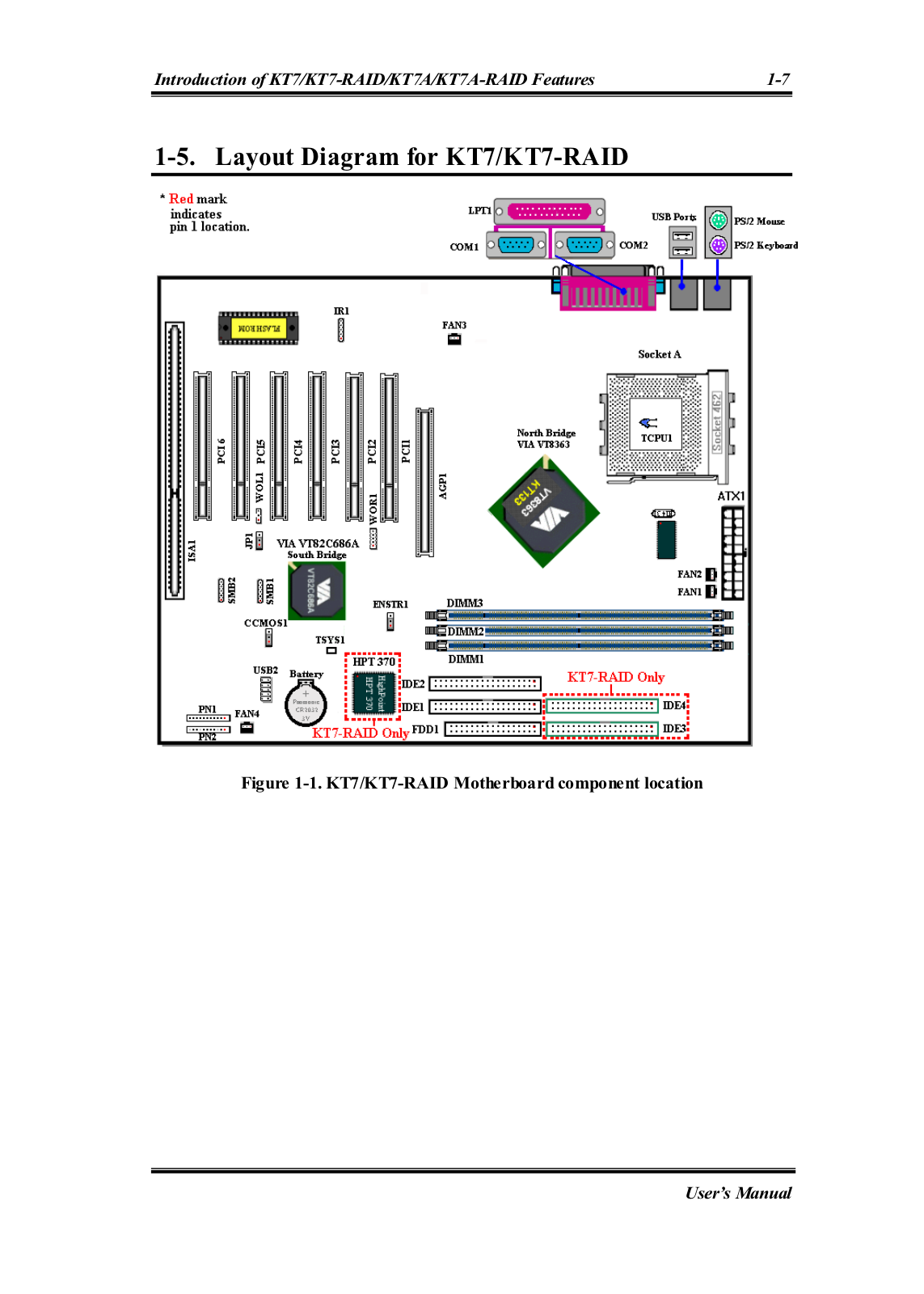
Page 12
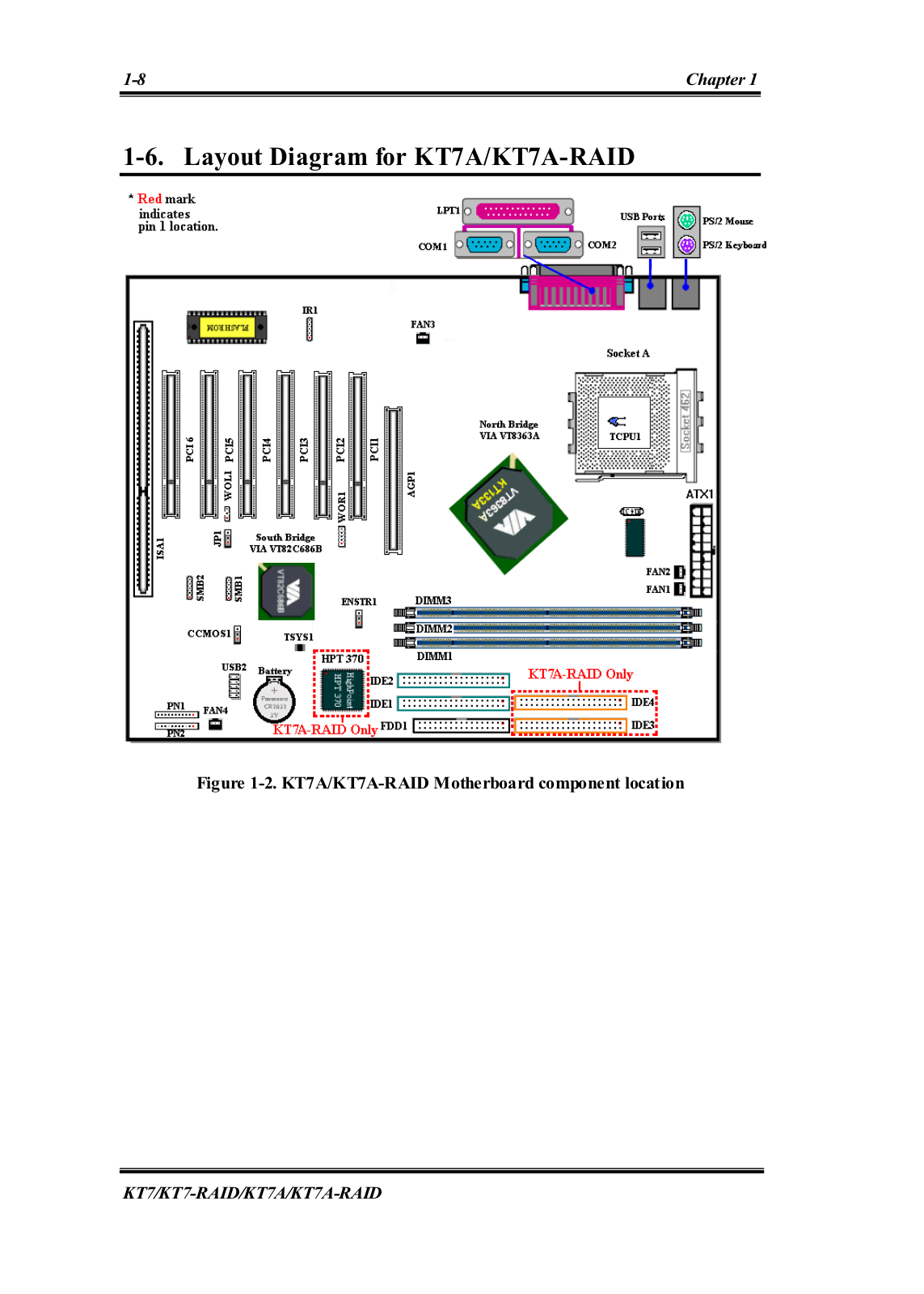
Page 13
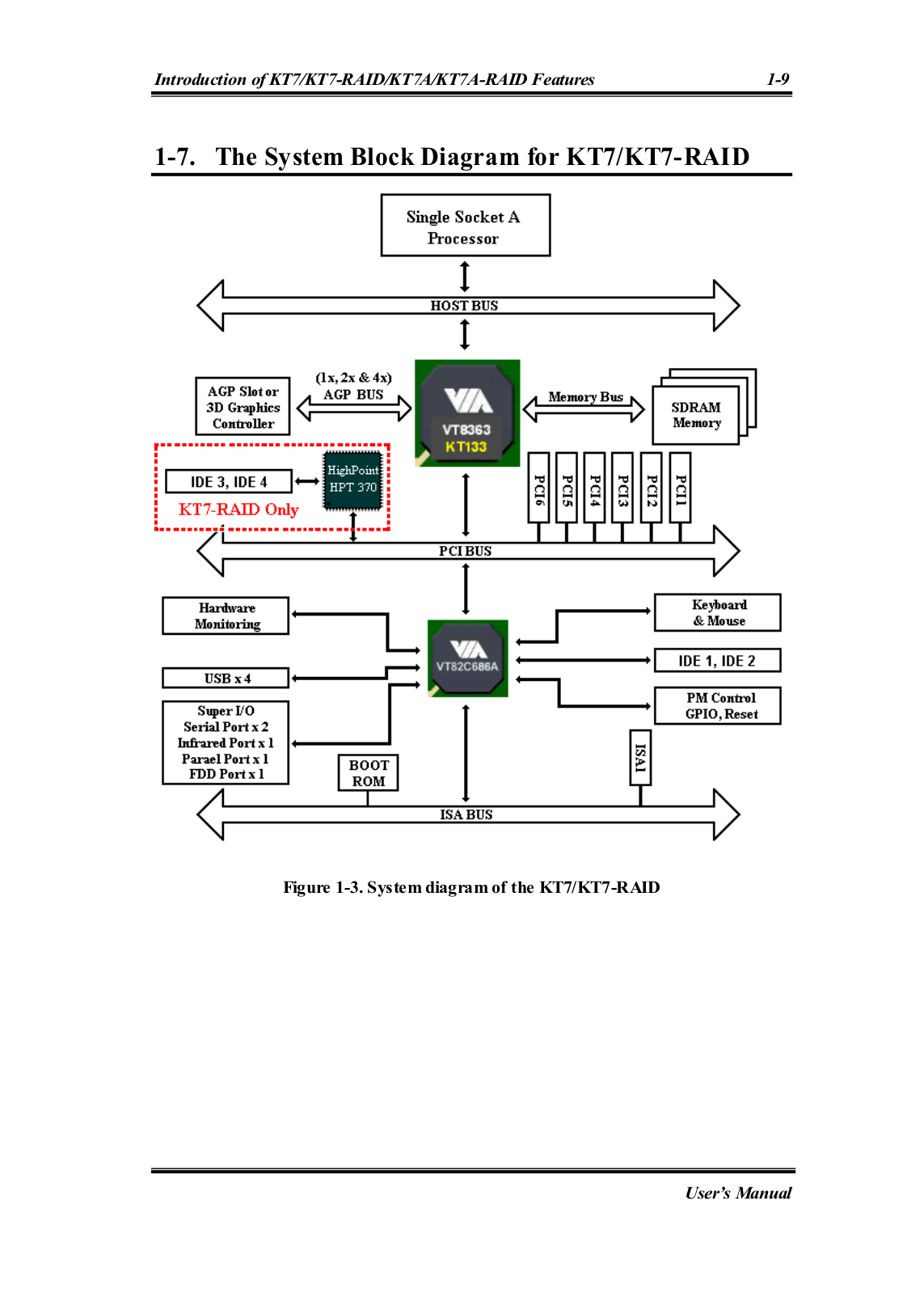
Page 14
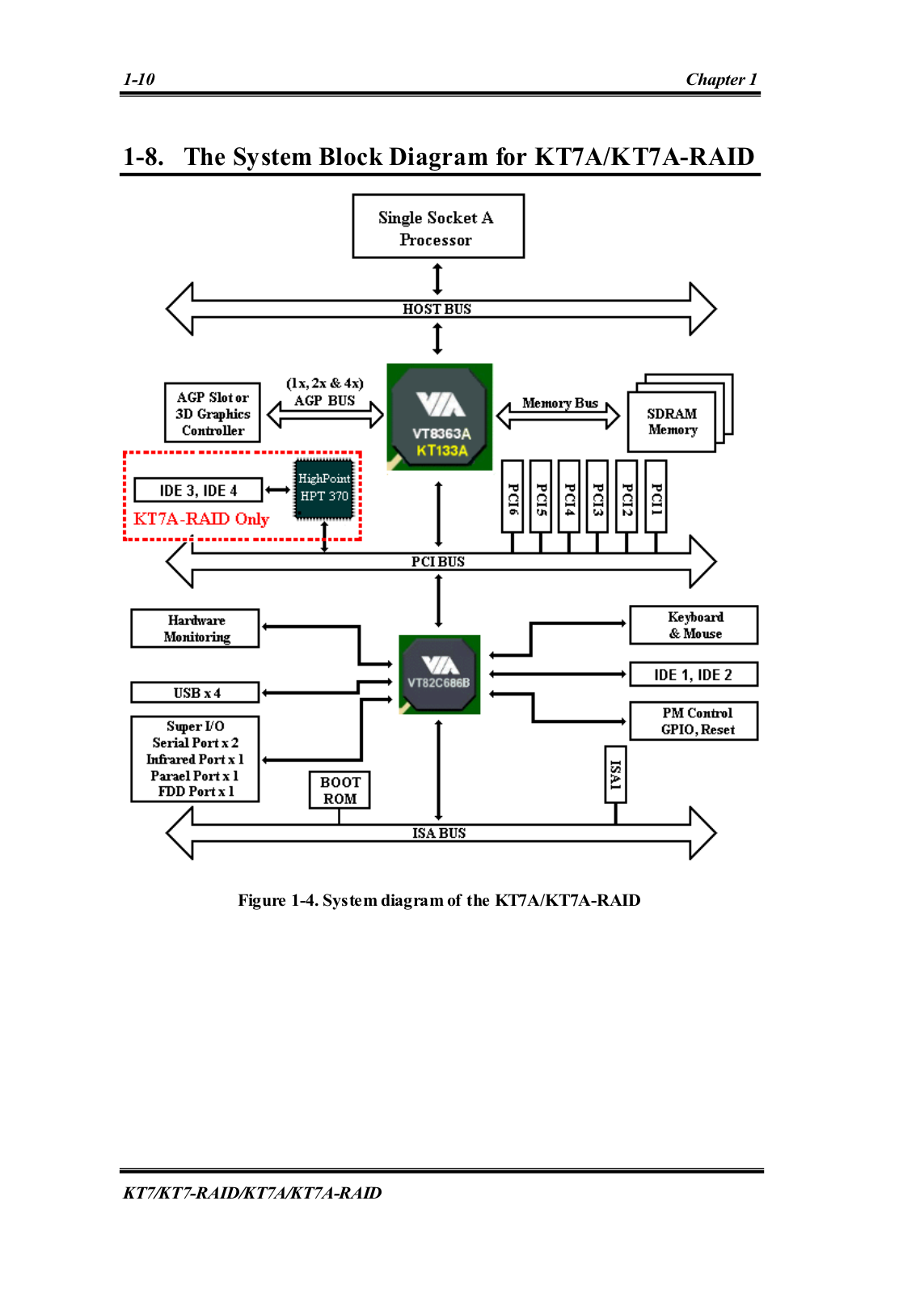
Page 15
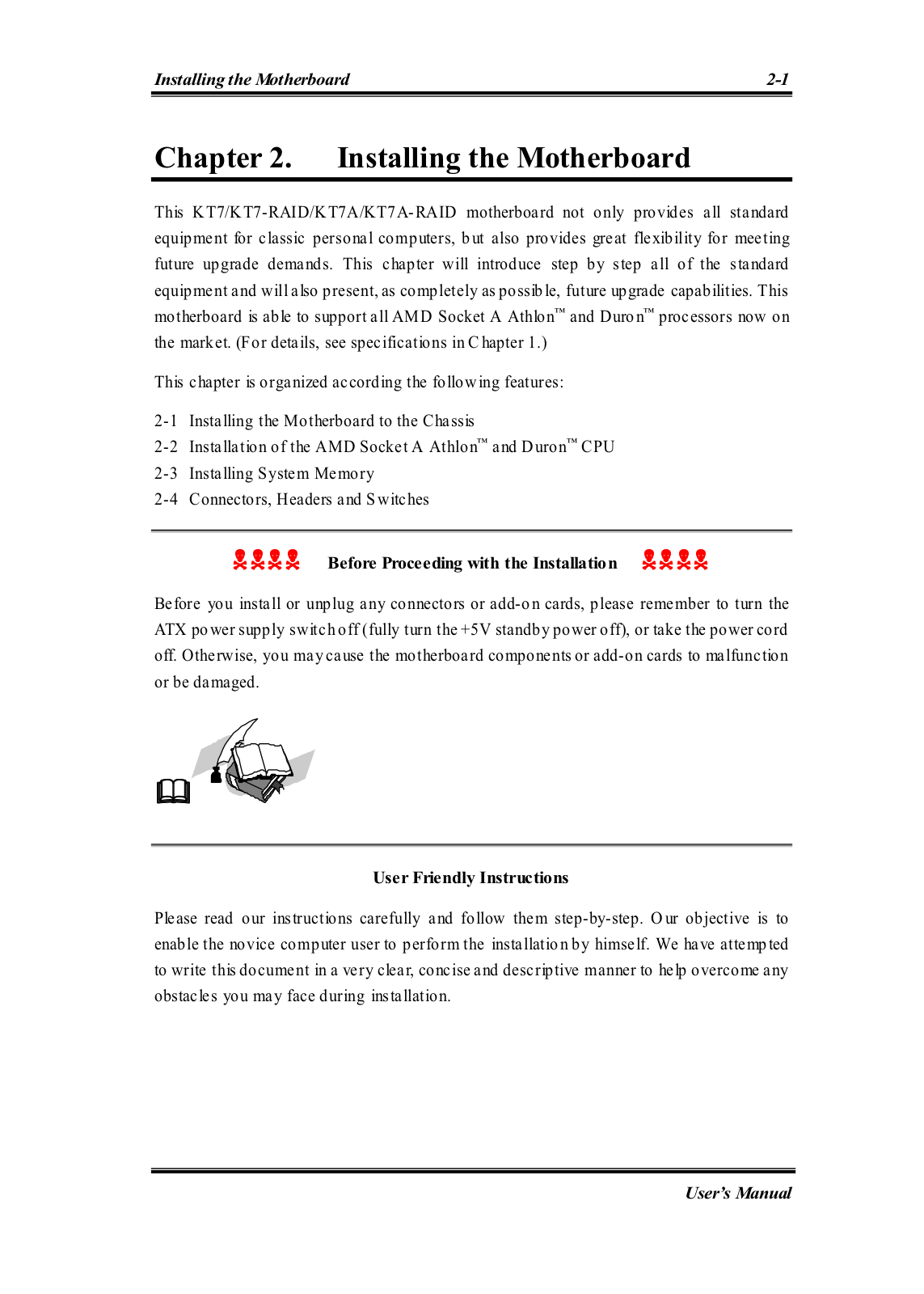
Page 16
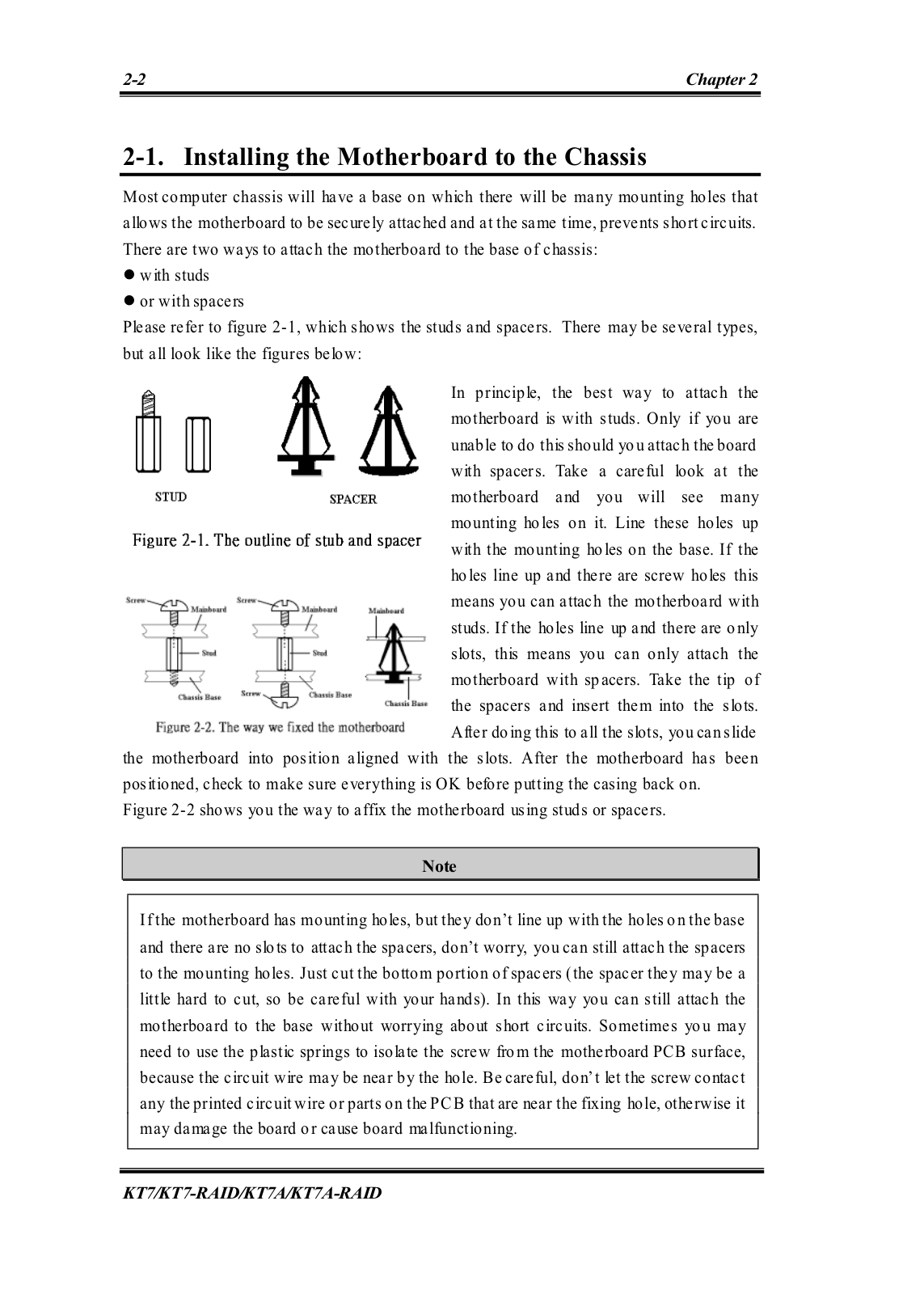
Page 17
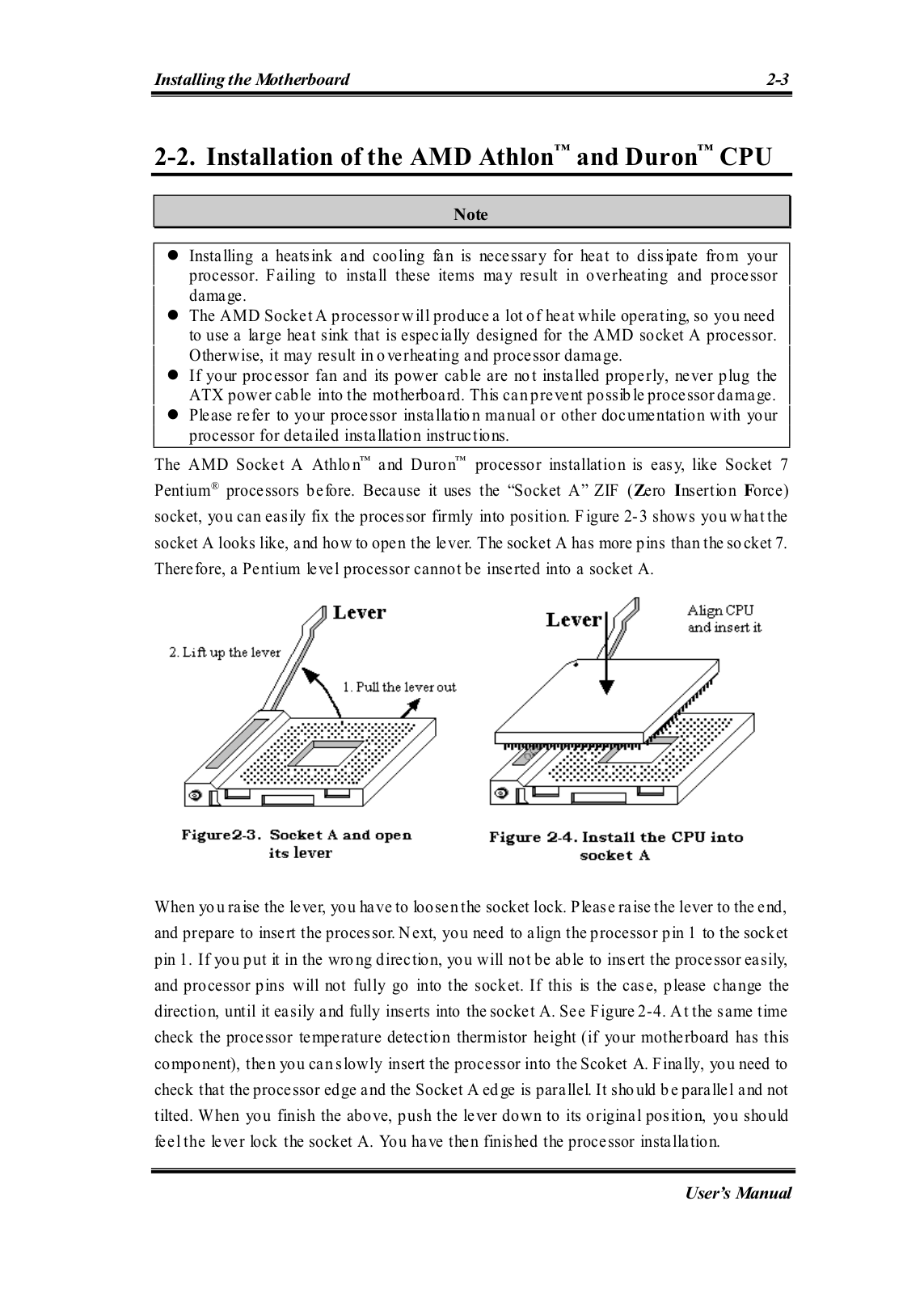
Page 18

Page 19

Page 20
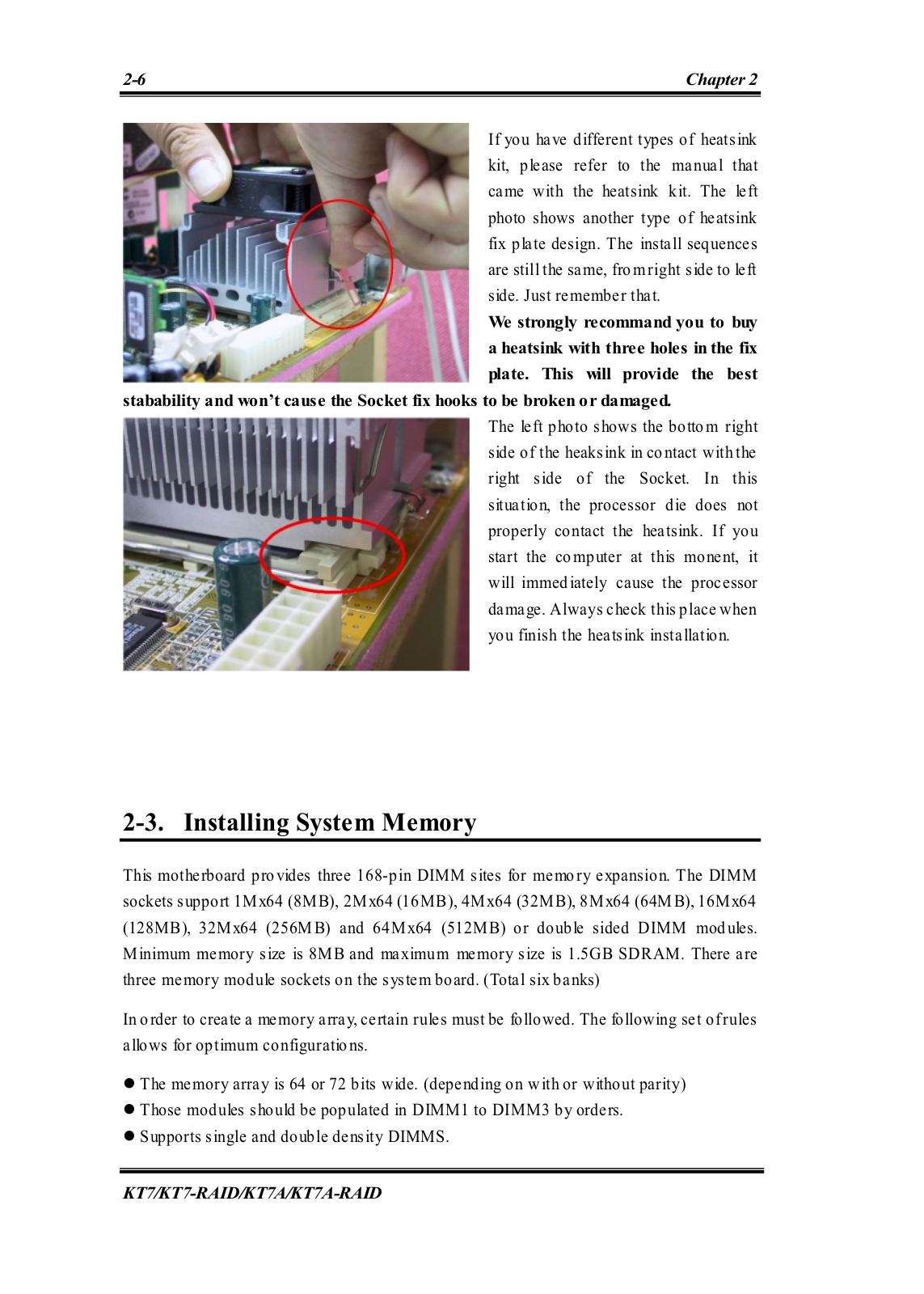
Page 21
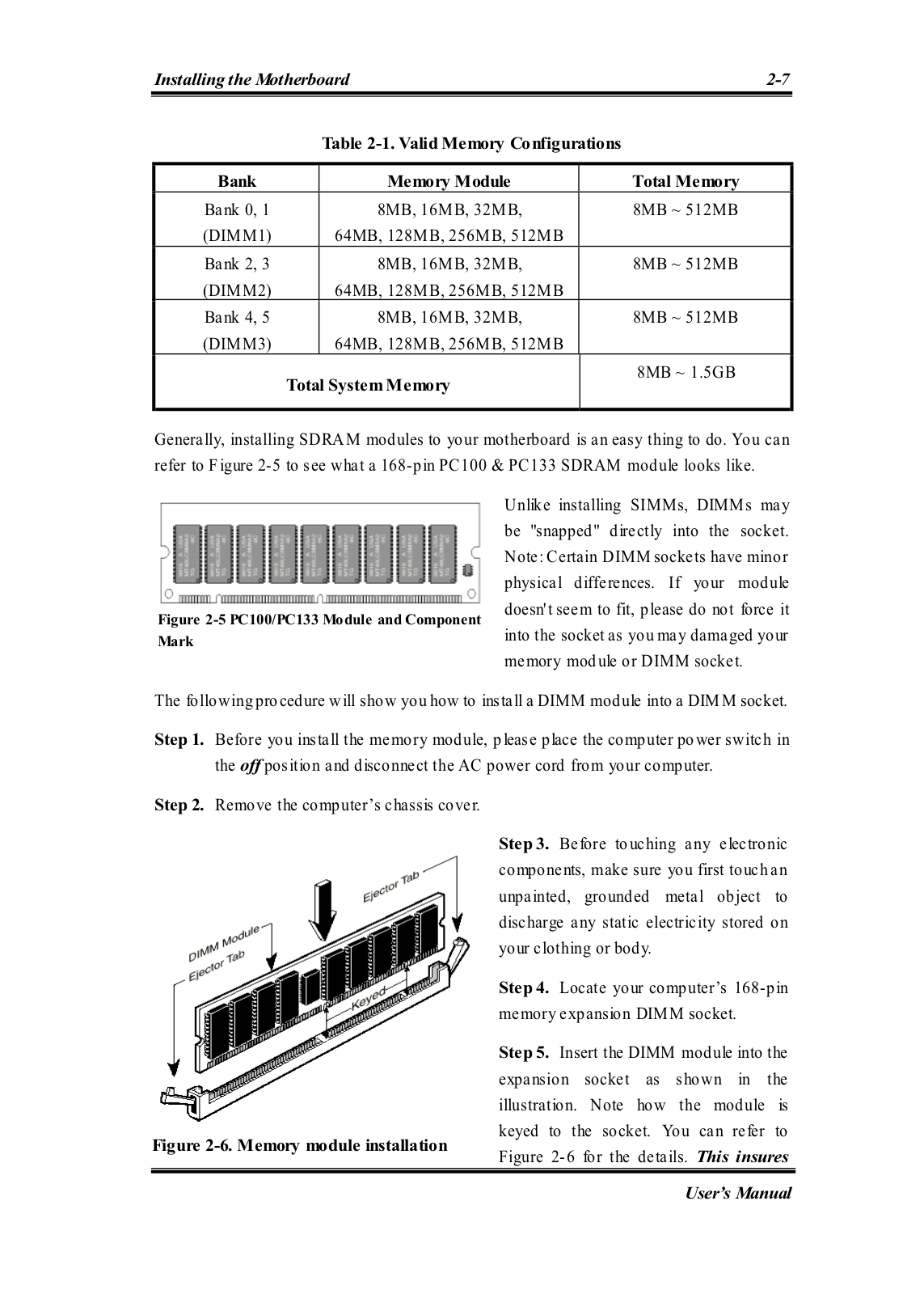
Page 22
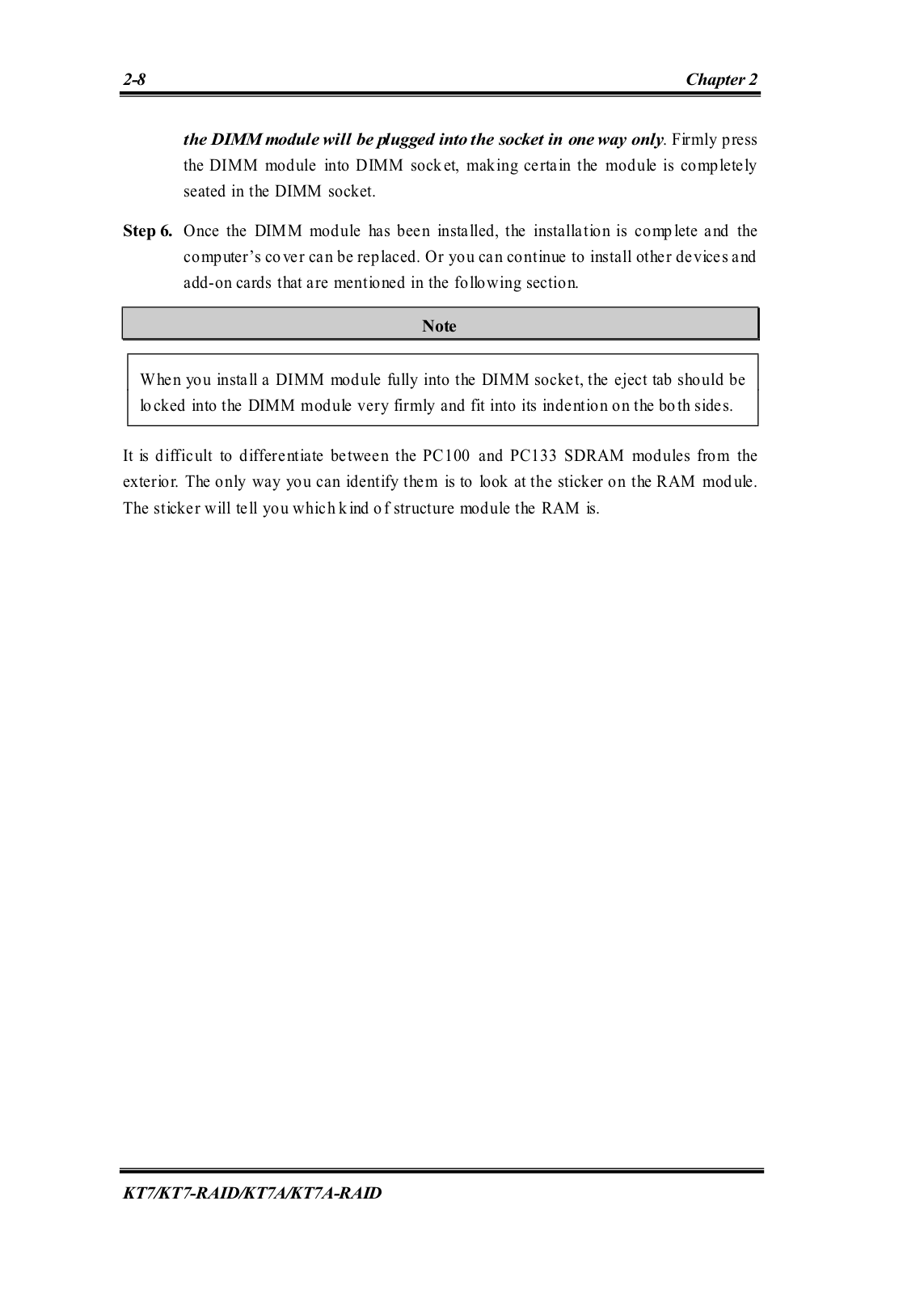
Page 23
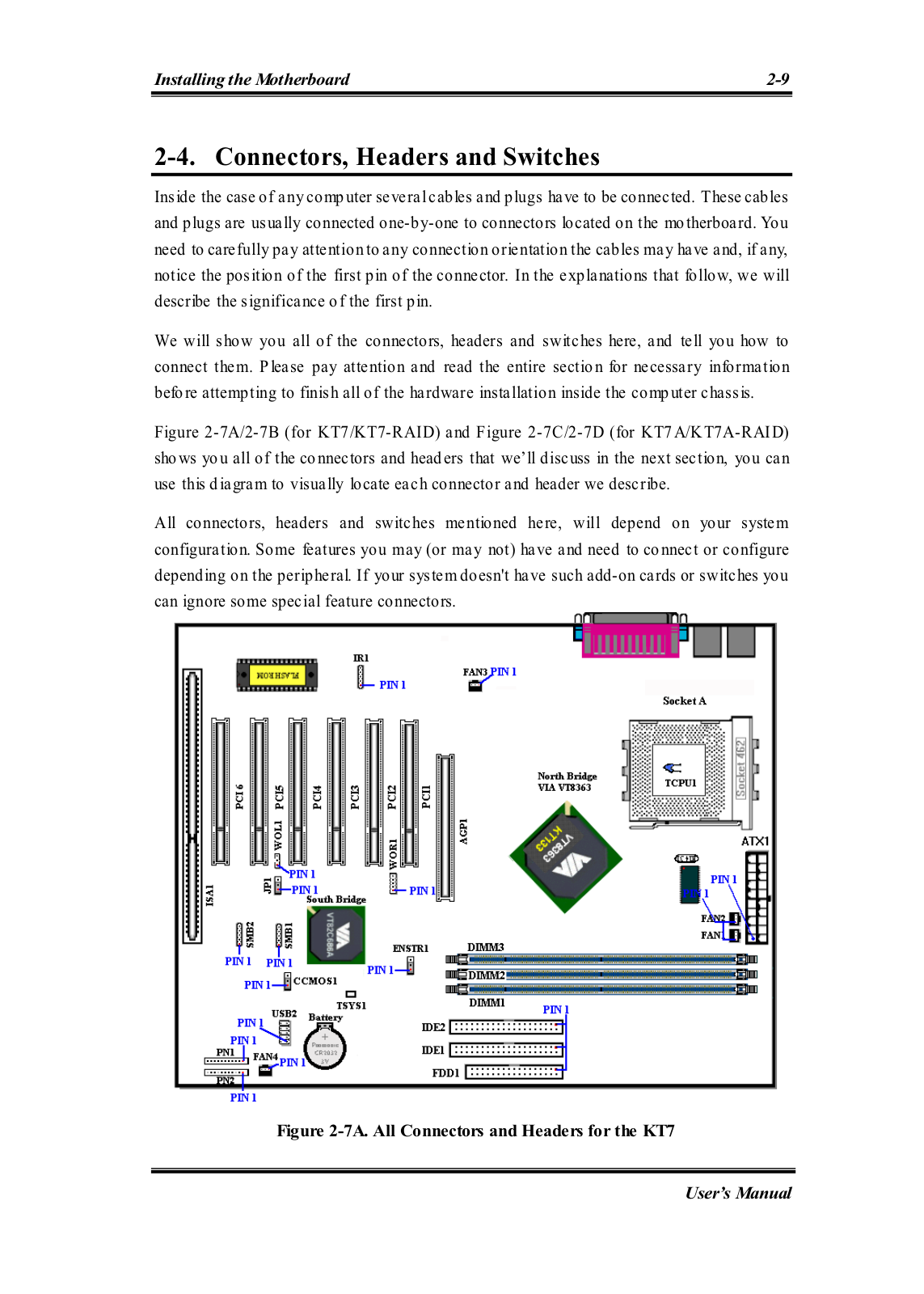
Page 24

Page 25
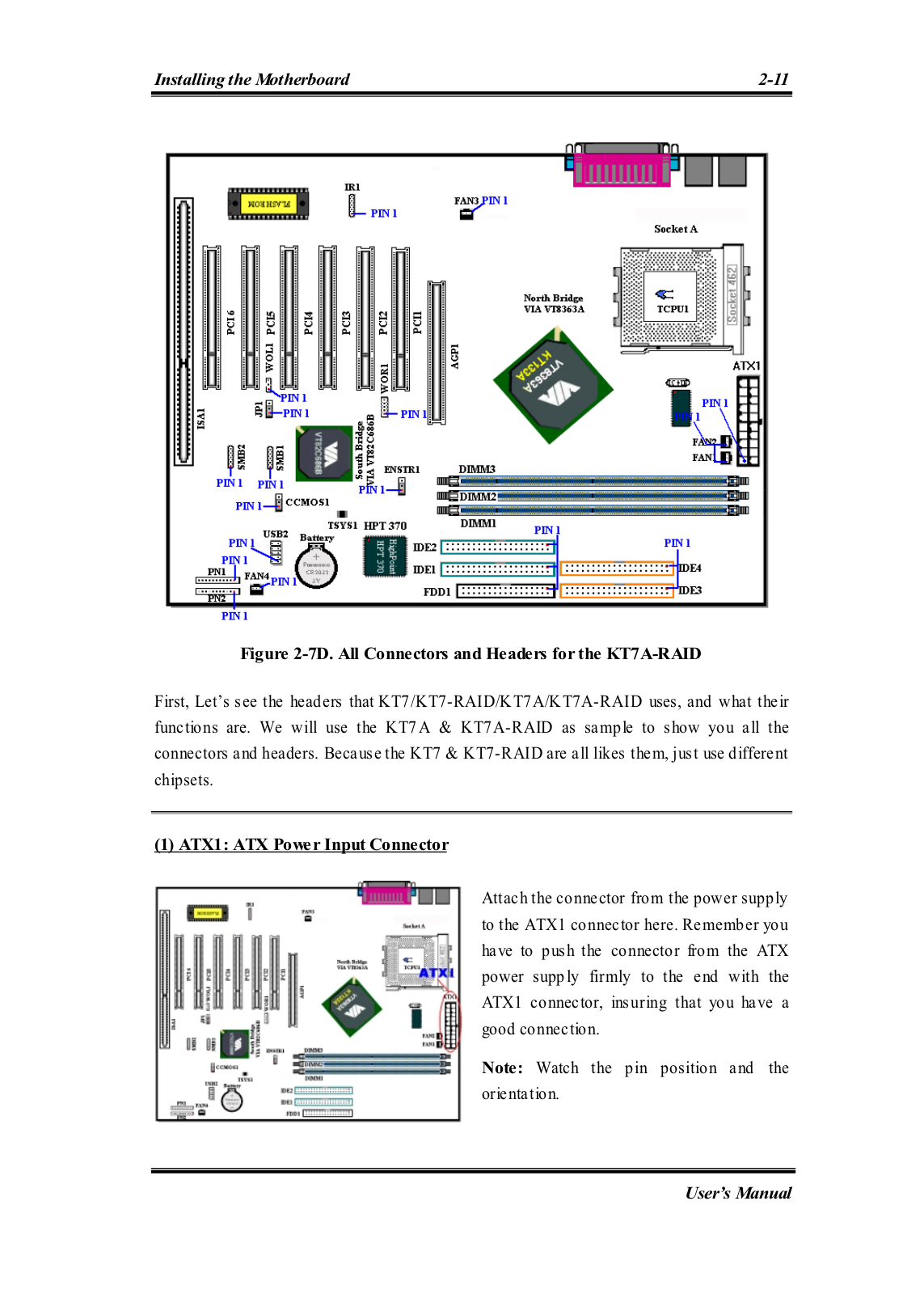
Page 26
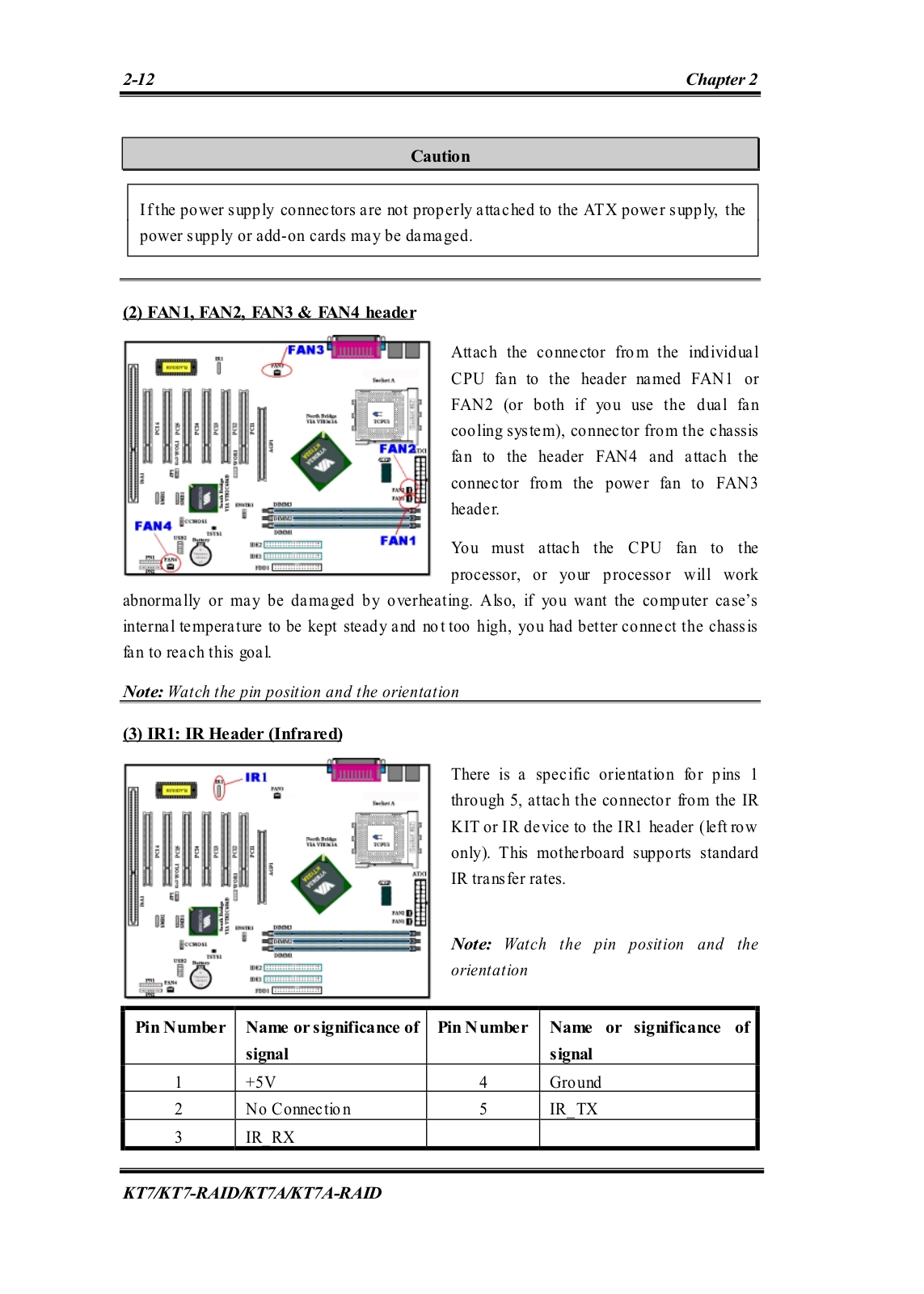
Page 27
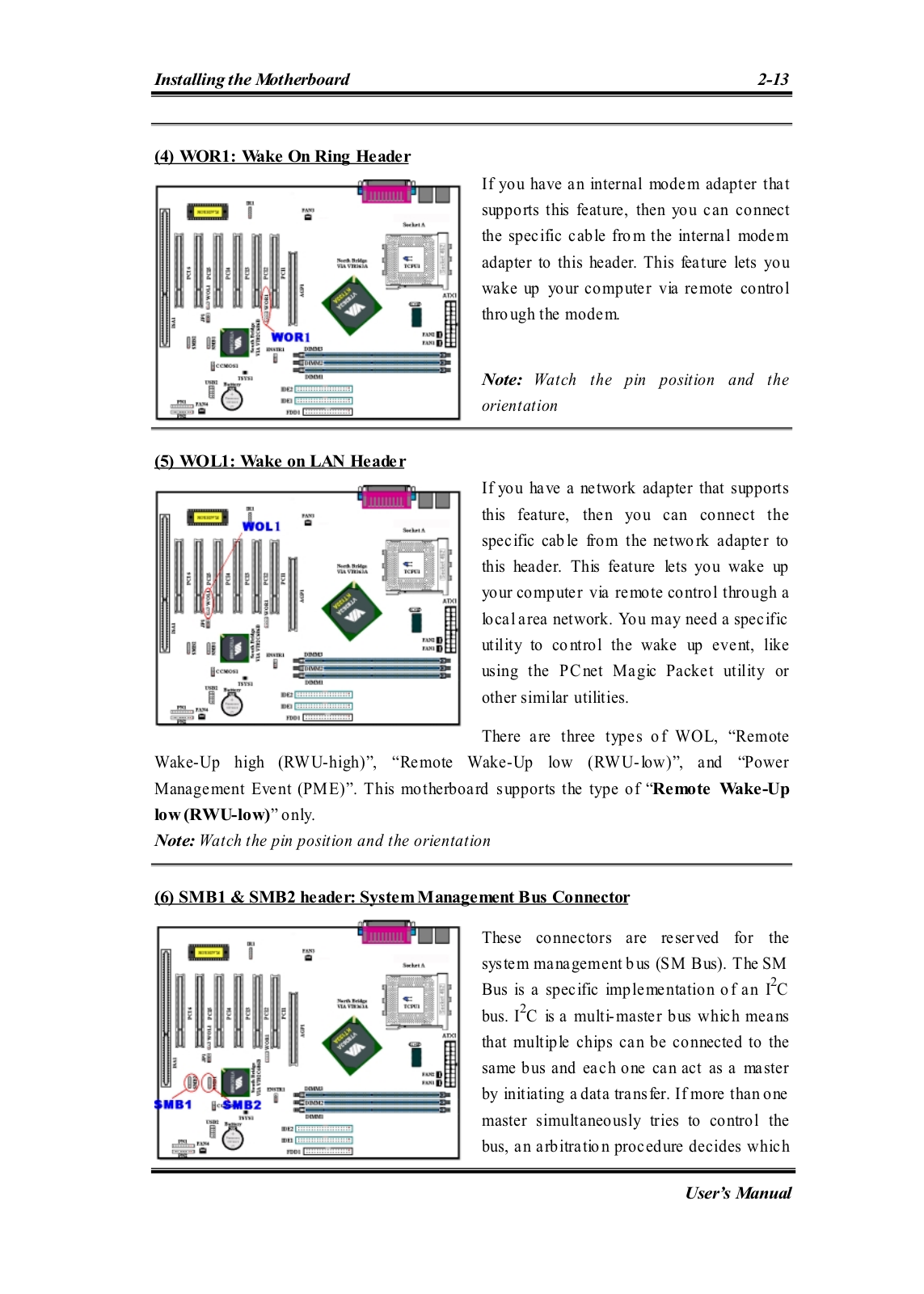
Page 28
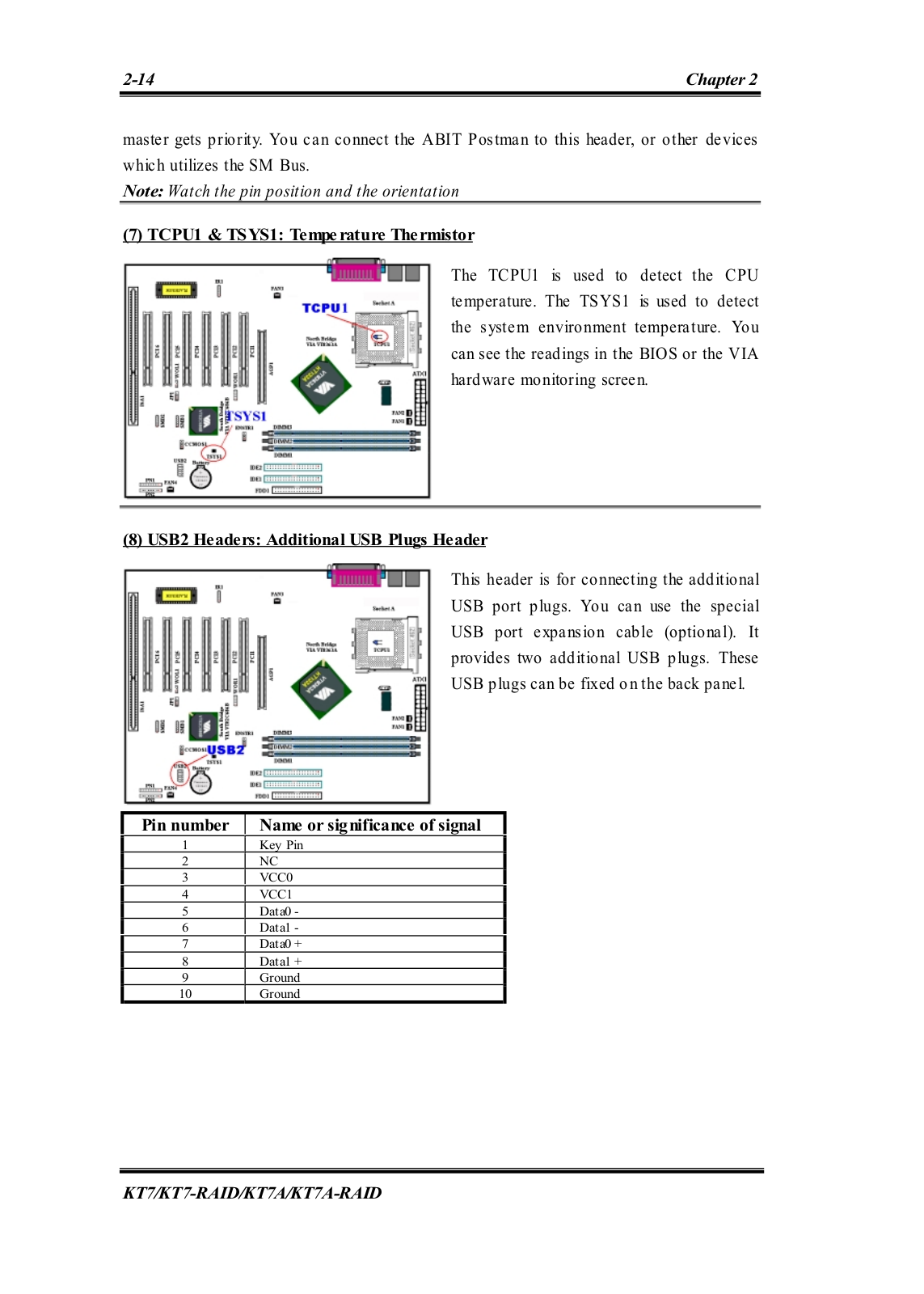
Page 29
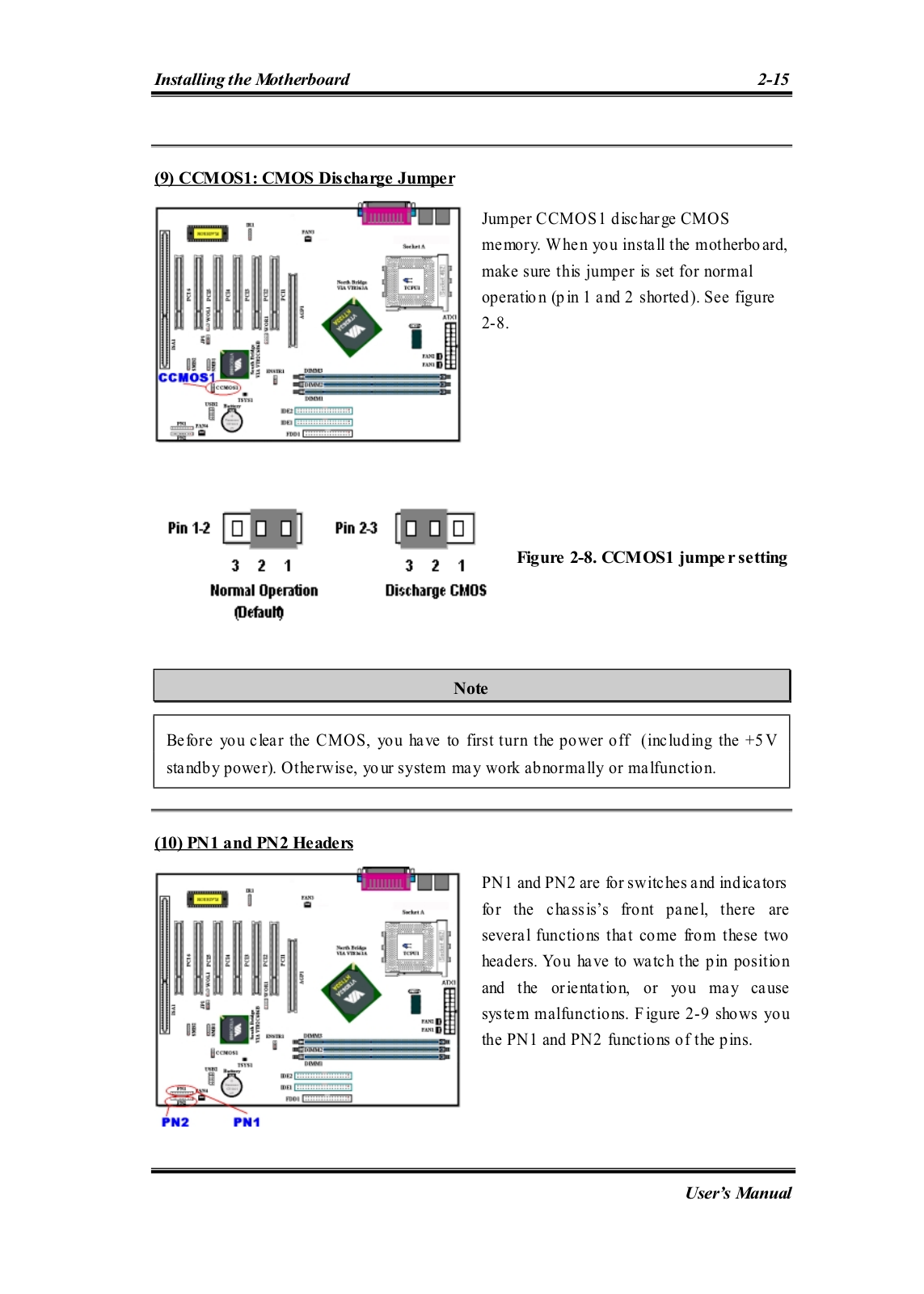
Page 30
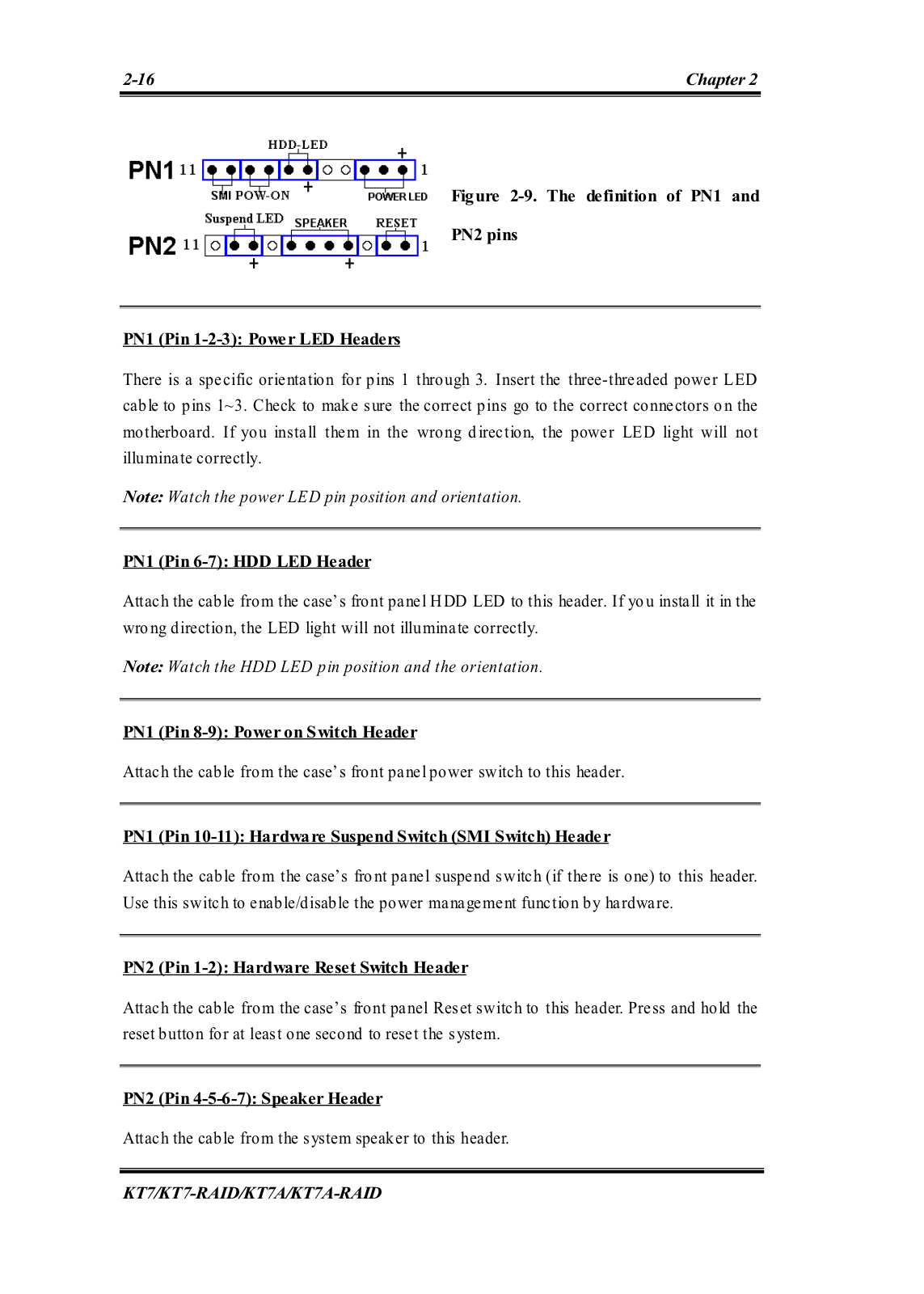
Page 31

Page 32

Page 33

Page 34

Page 35
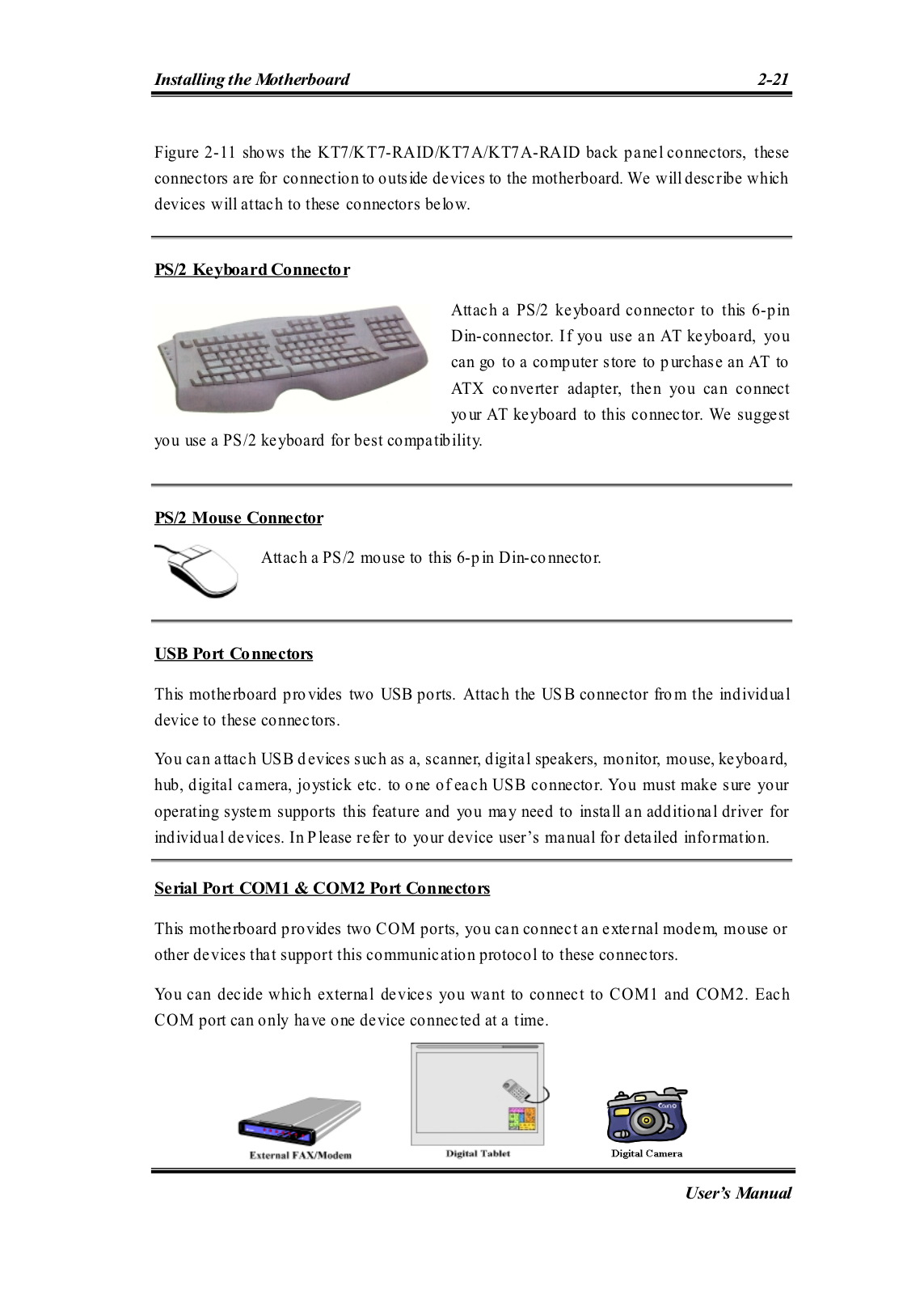
Page 36

Page 37

Page 38

Page 39

Page 40

Page 41

Page 42

Page 43

Page 44
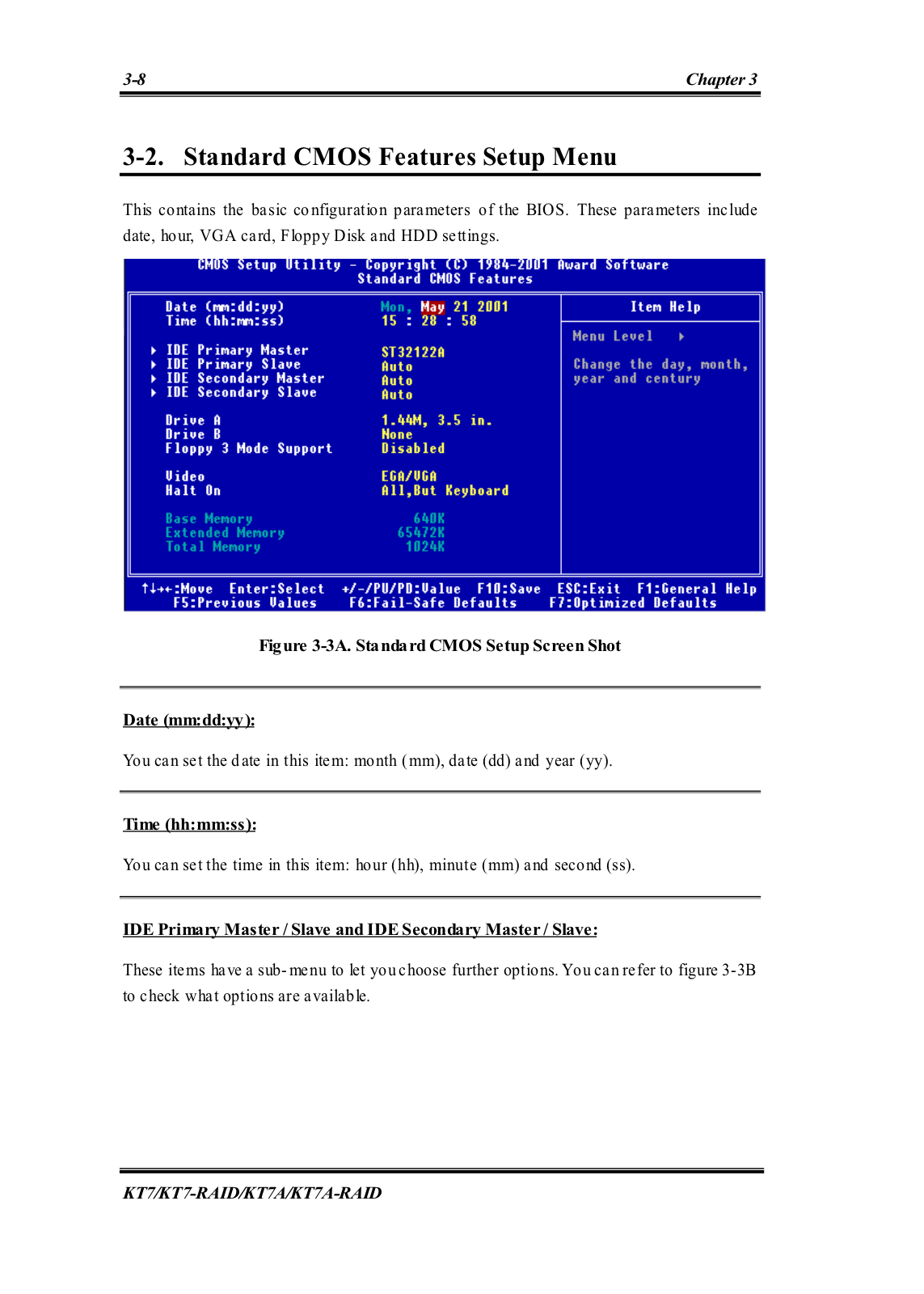
Page 45

Page 46

Page 47

Page 48

Page 49

Page 50

Page 51

Page 52

Page 53

Page 54

Page 55

Page 56

Page 57

Page 58
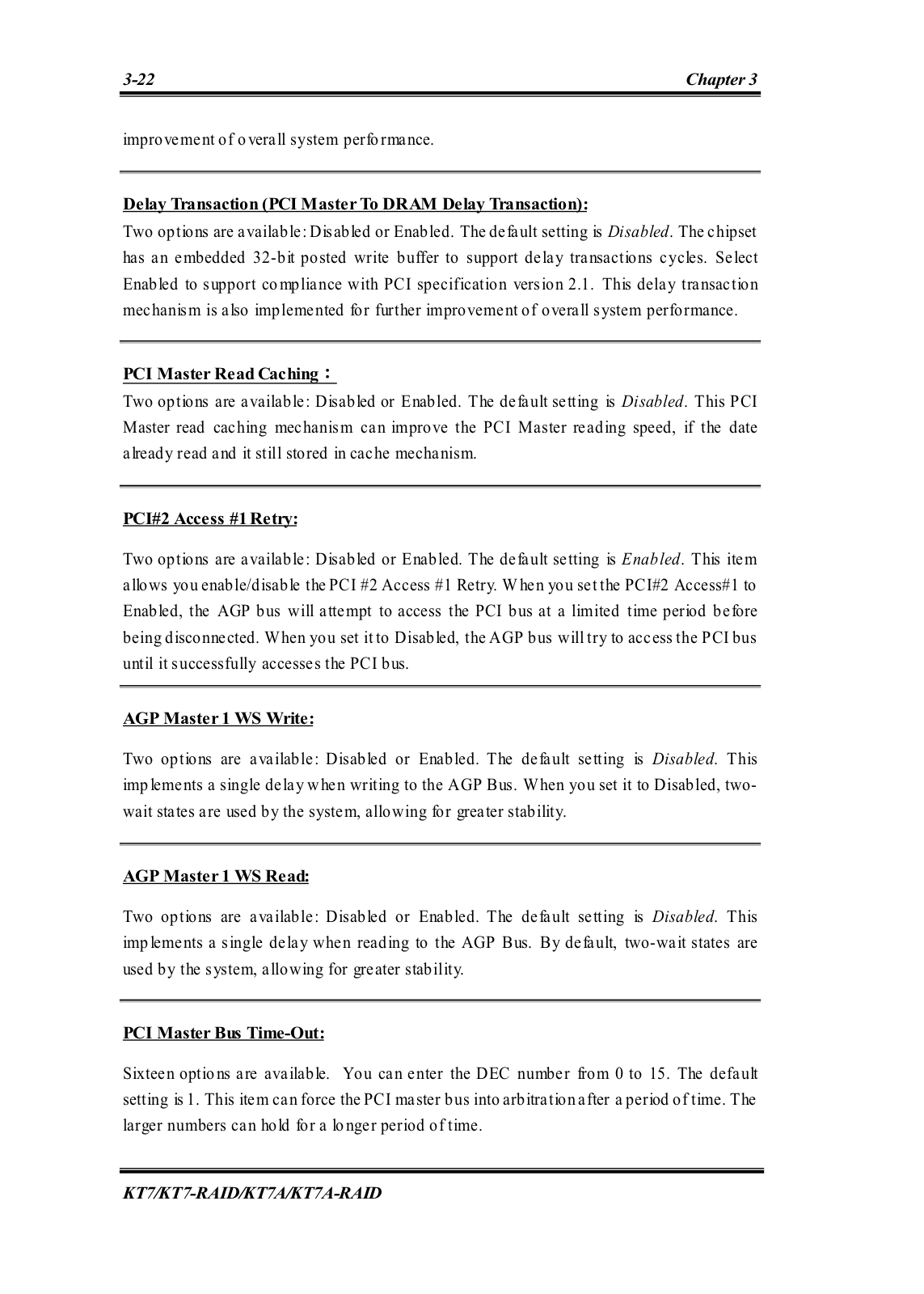
Page 59

Page 60

Page 61

Page 62

Page 63

Page 64

Page 65

Page 66

Page 67
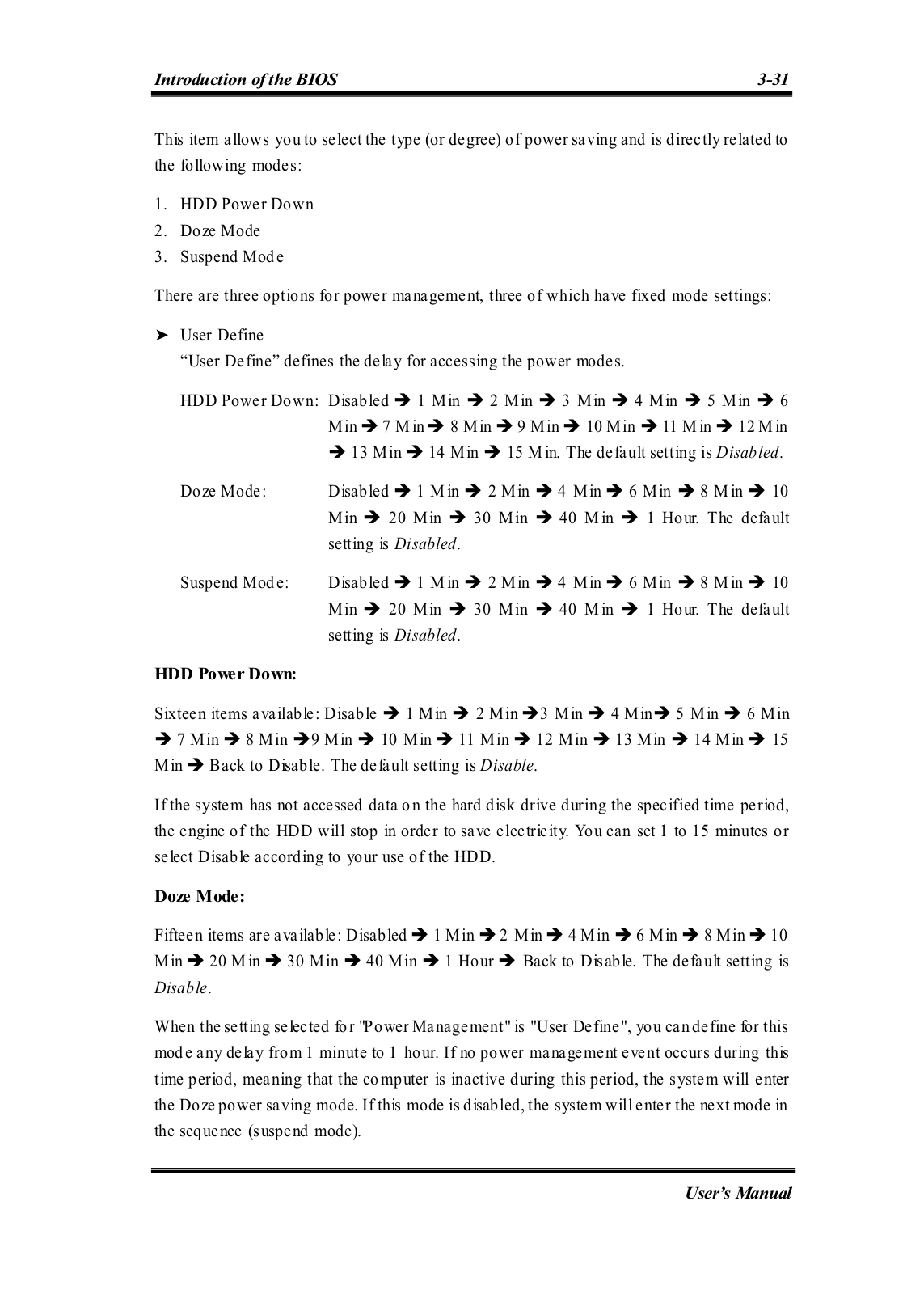
Page 68
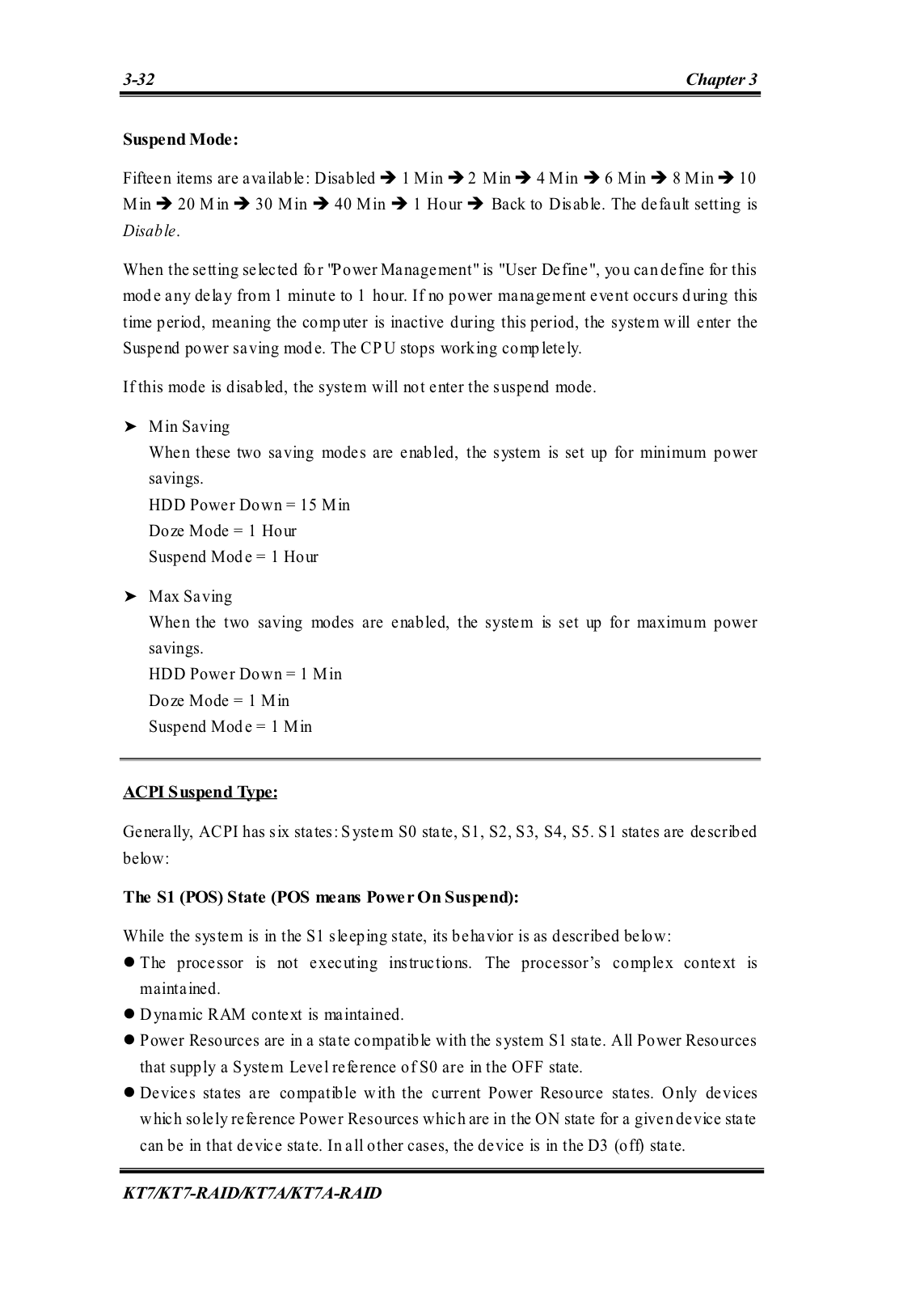
Page 69

Page 70

Page 71

Page 72

Page 73

Page 74

Page 75

Page 76

Page 77

Page 78

Page 79

Page 80

Page 81
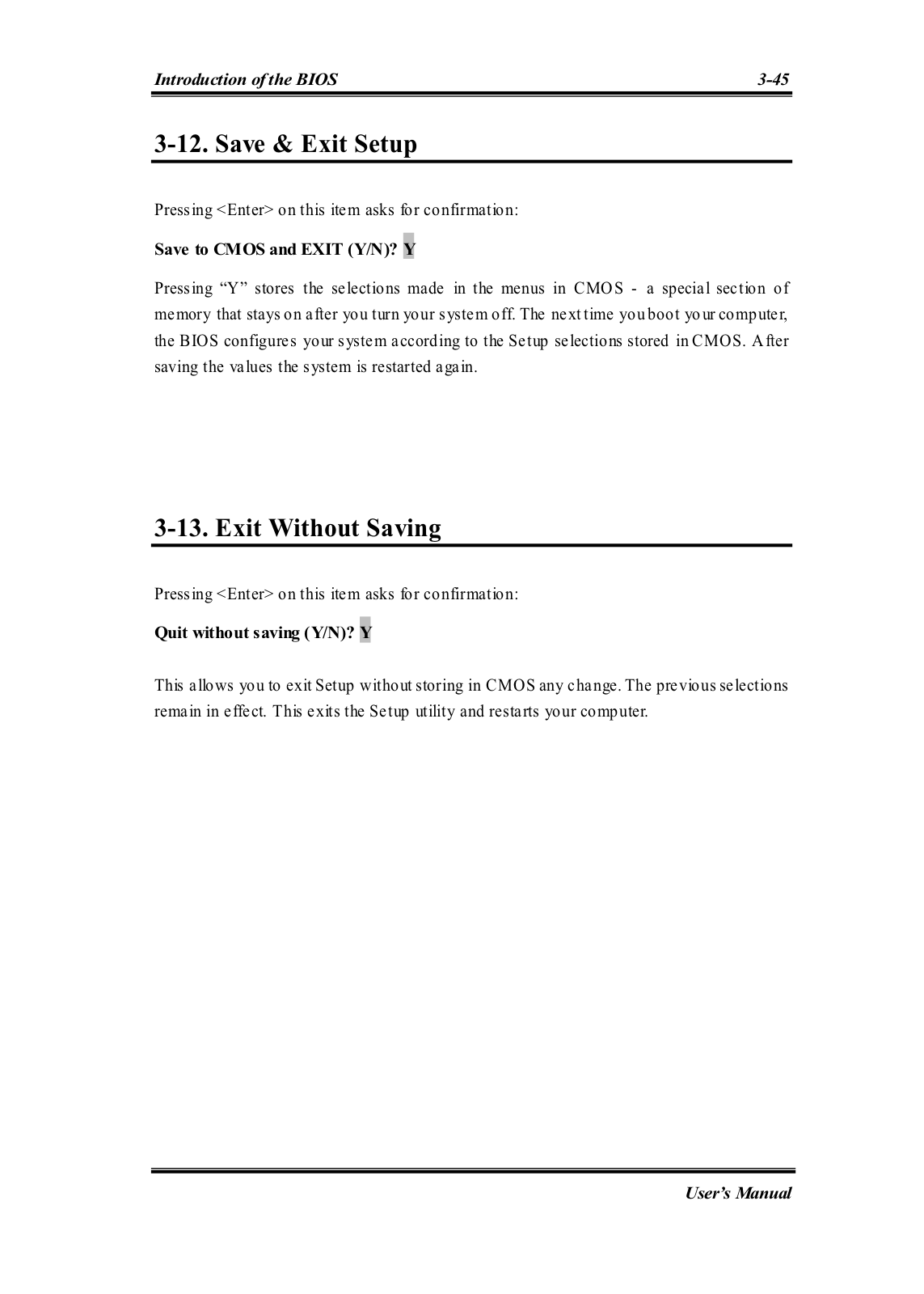
Page 82

Page 83

Page 84

Page 85

Page 86

Page 87

Page 88

Page 89
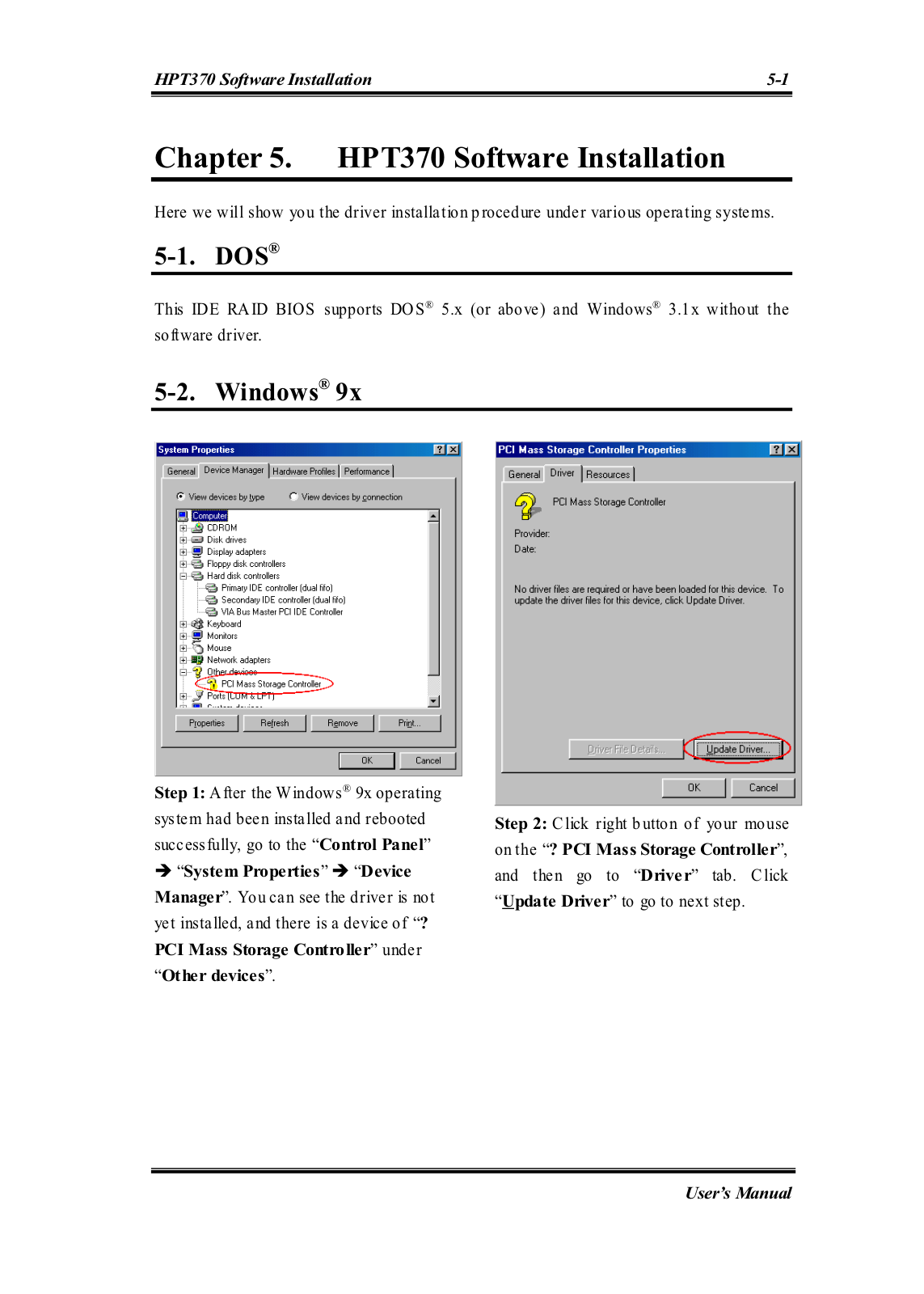
Page 90

Page 91

Page 92

Page 93

Page 94

Page 95

Page 96

Page 97

Page 98
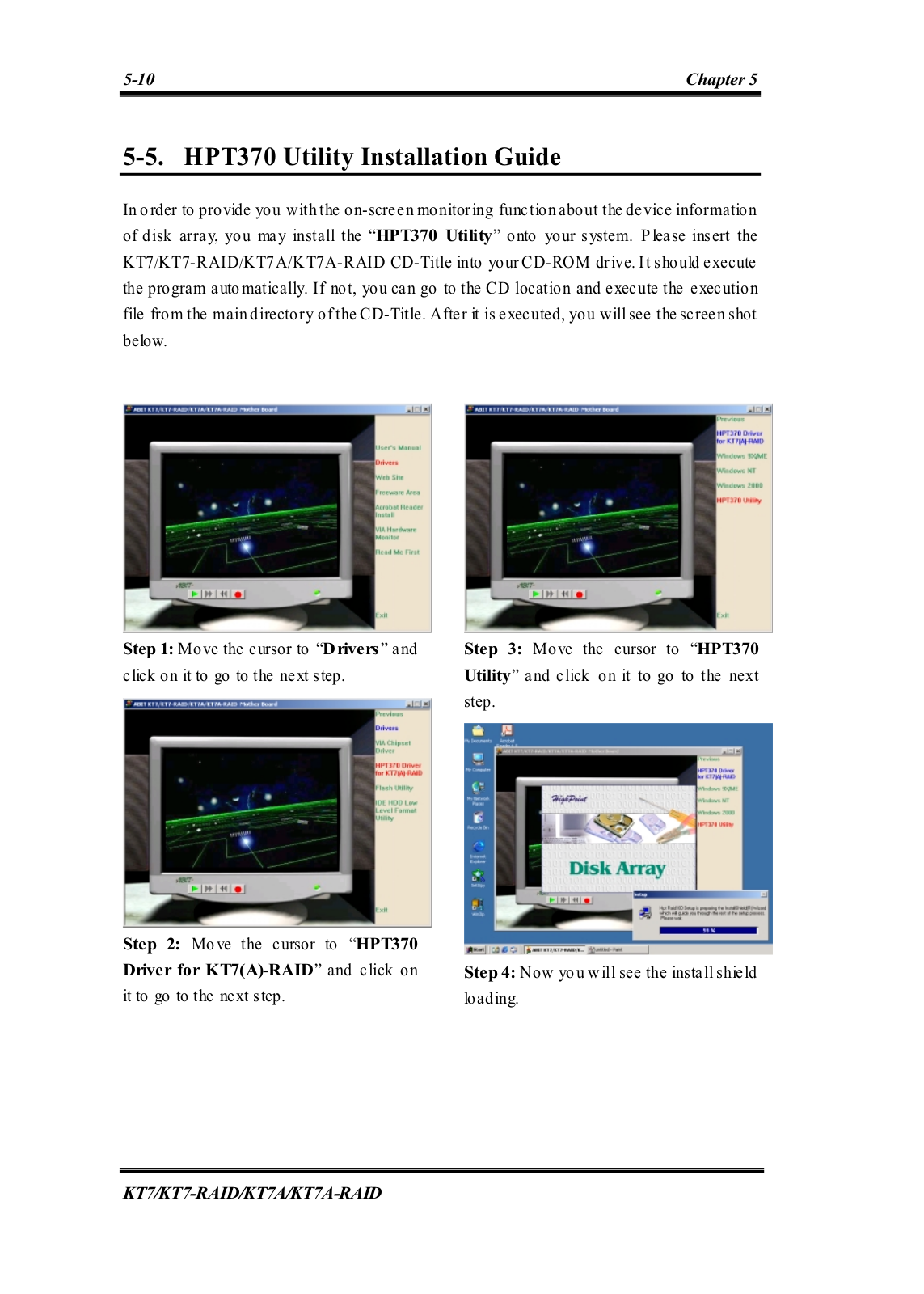
Page 99

Page 100

